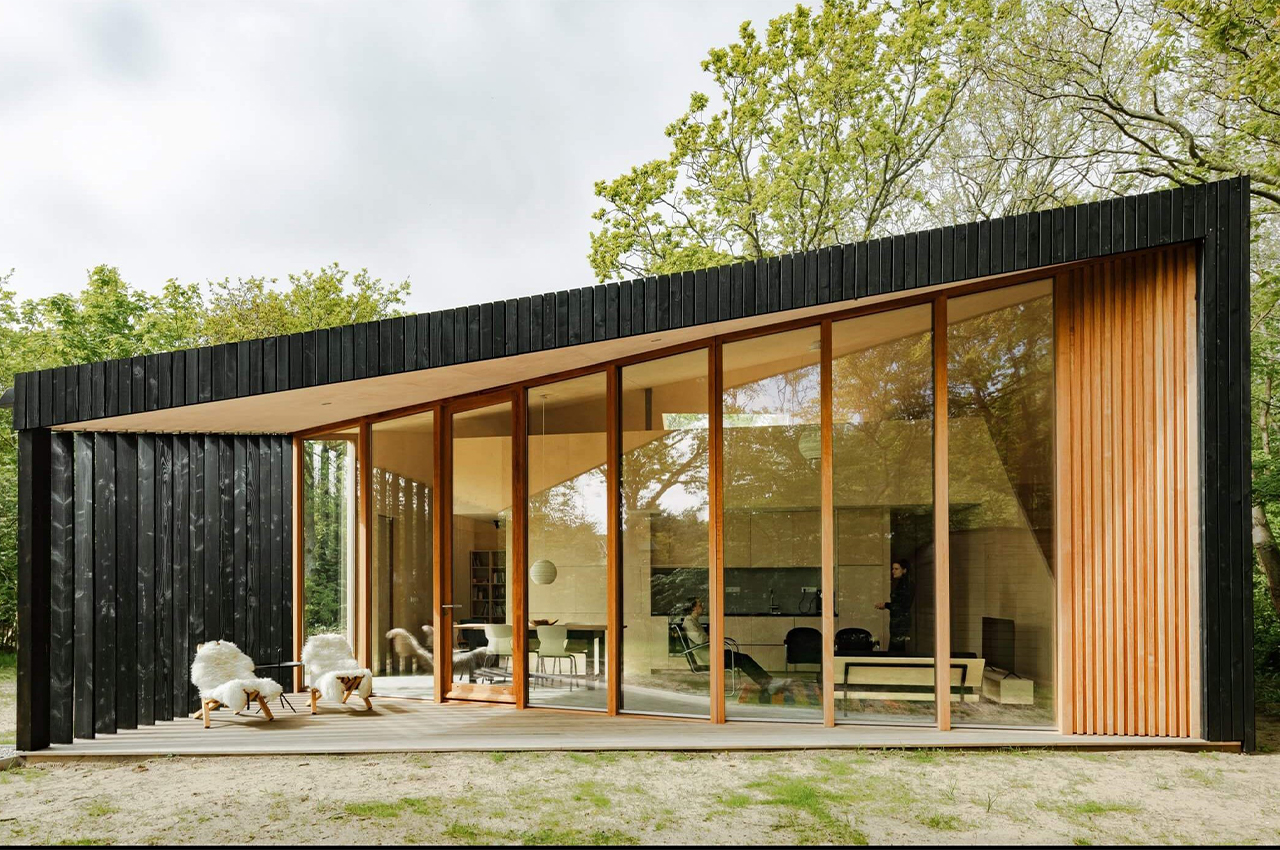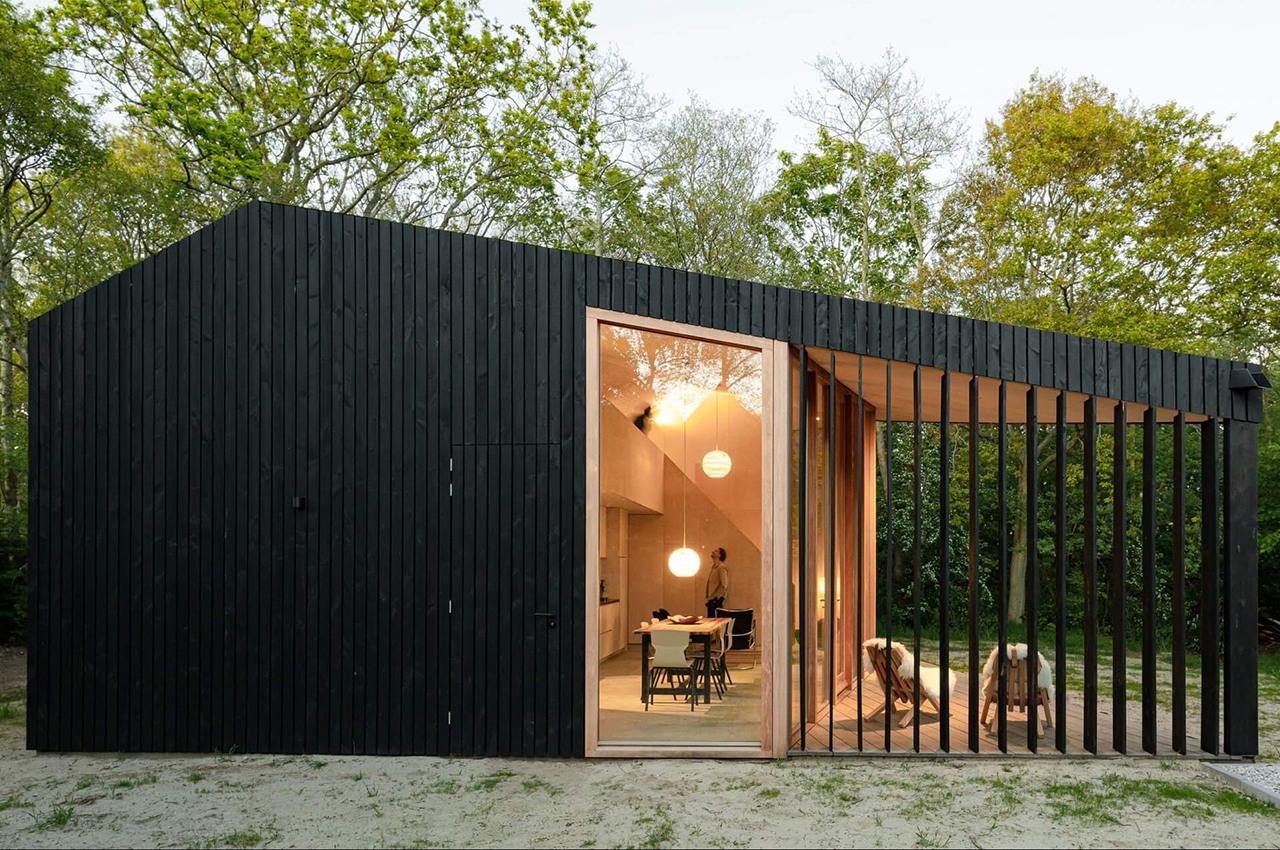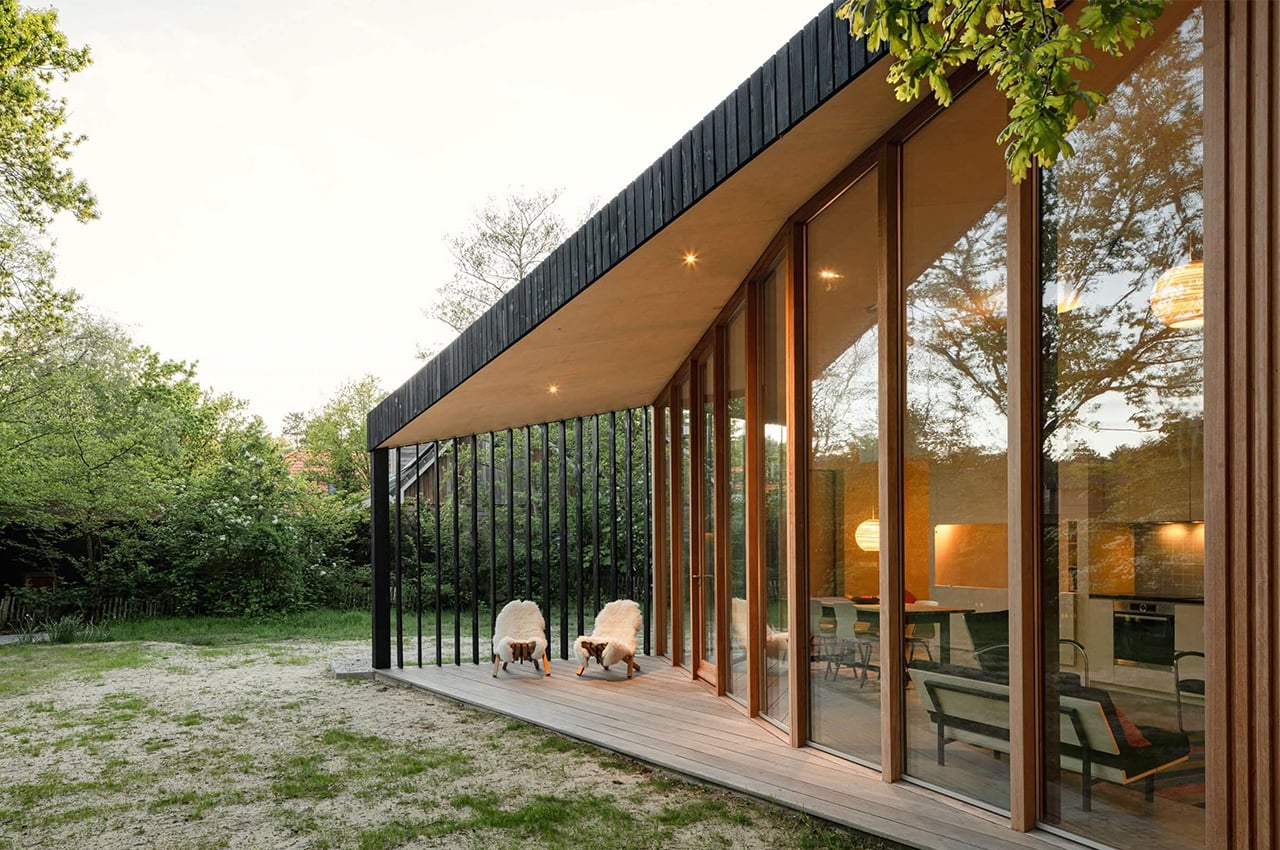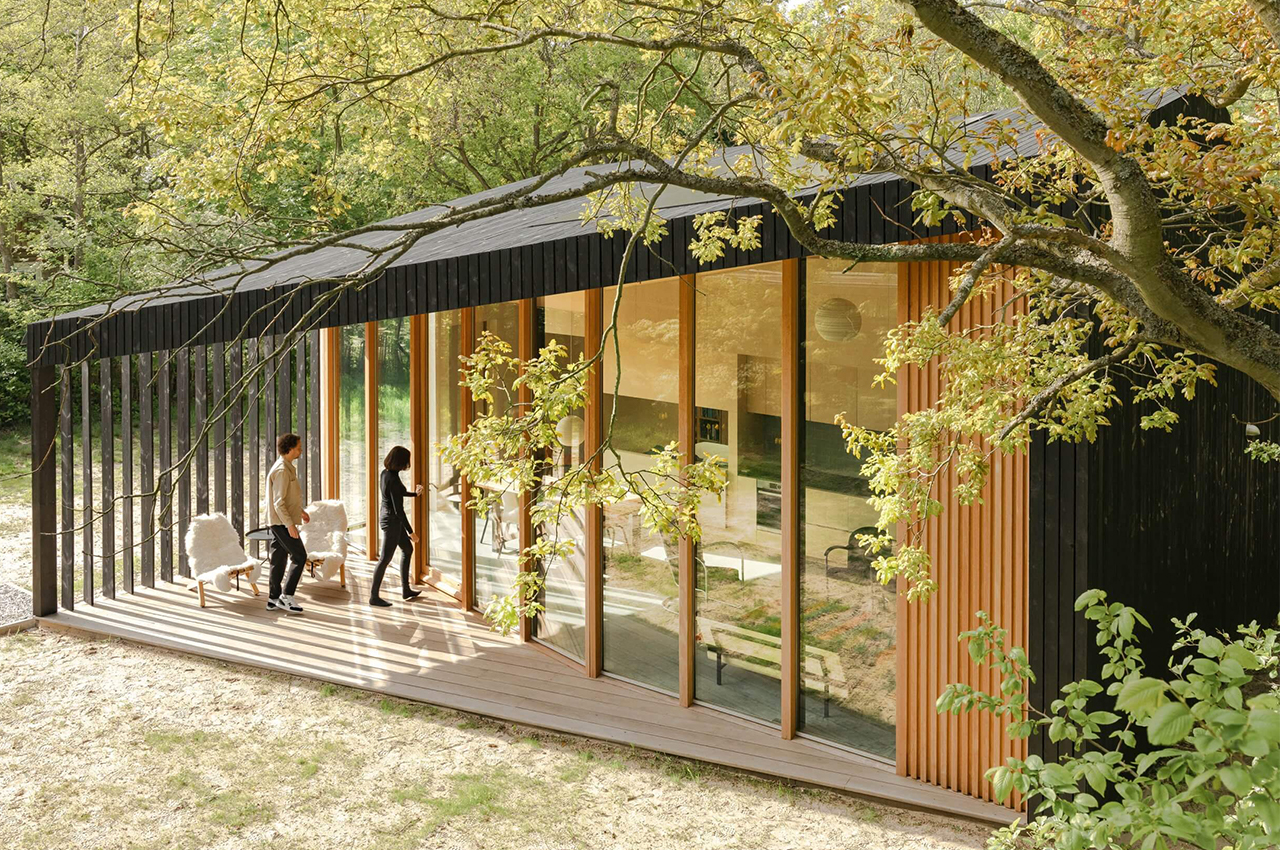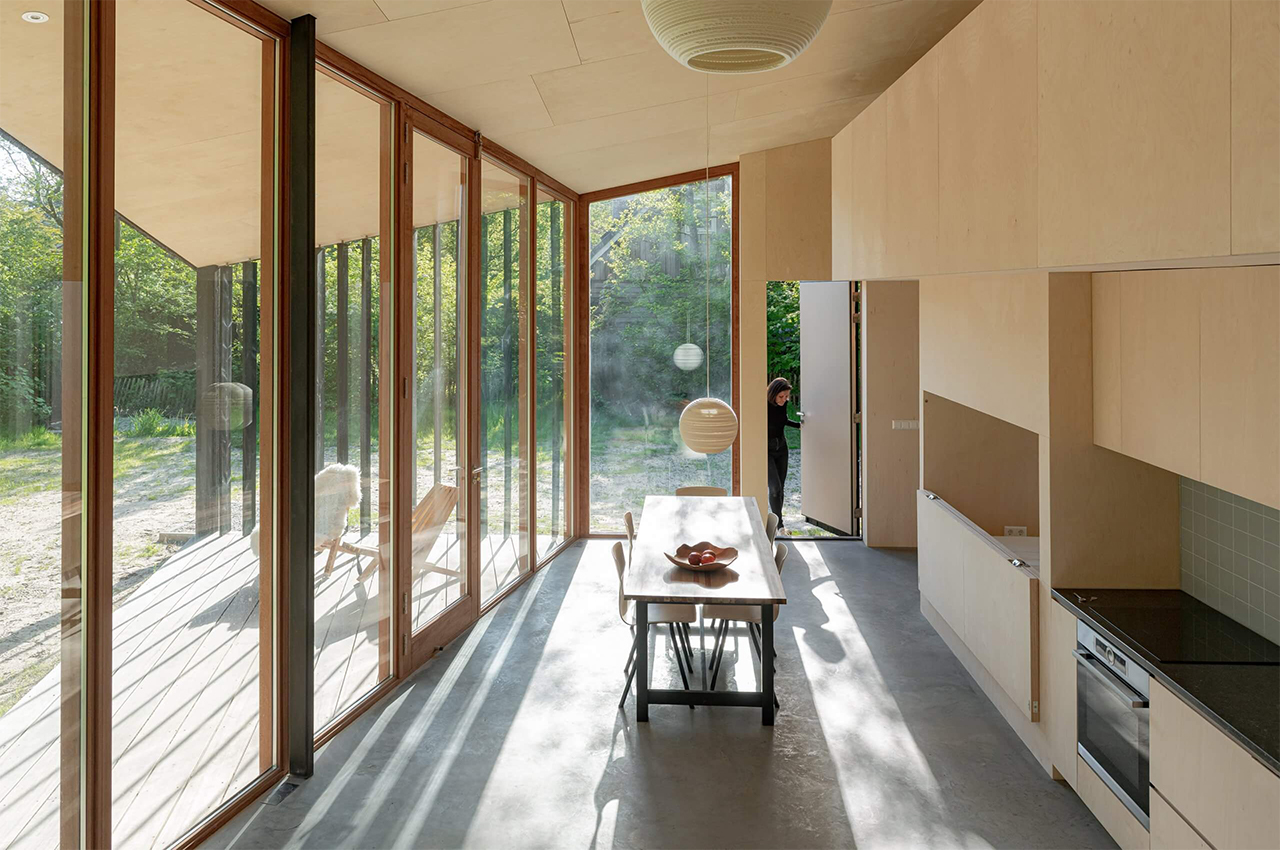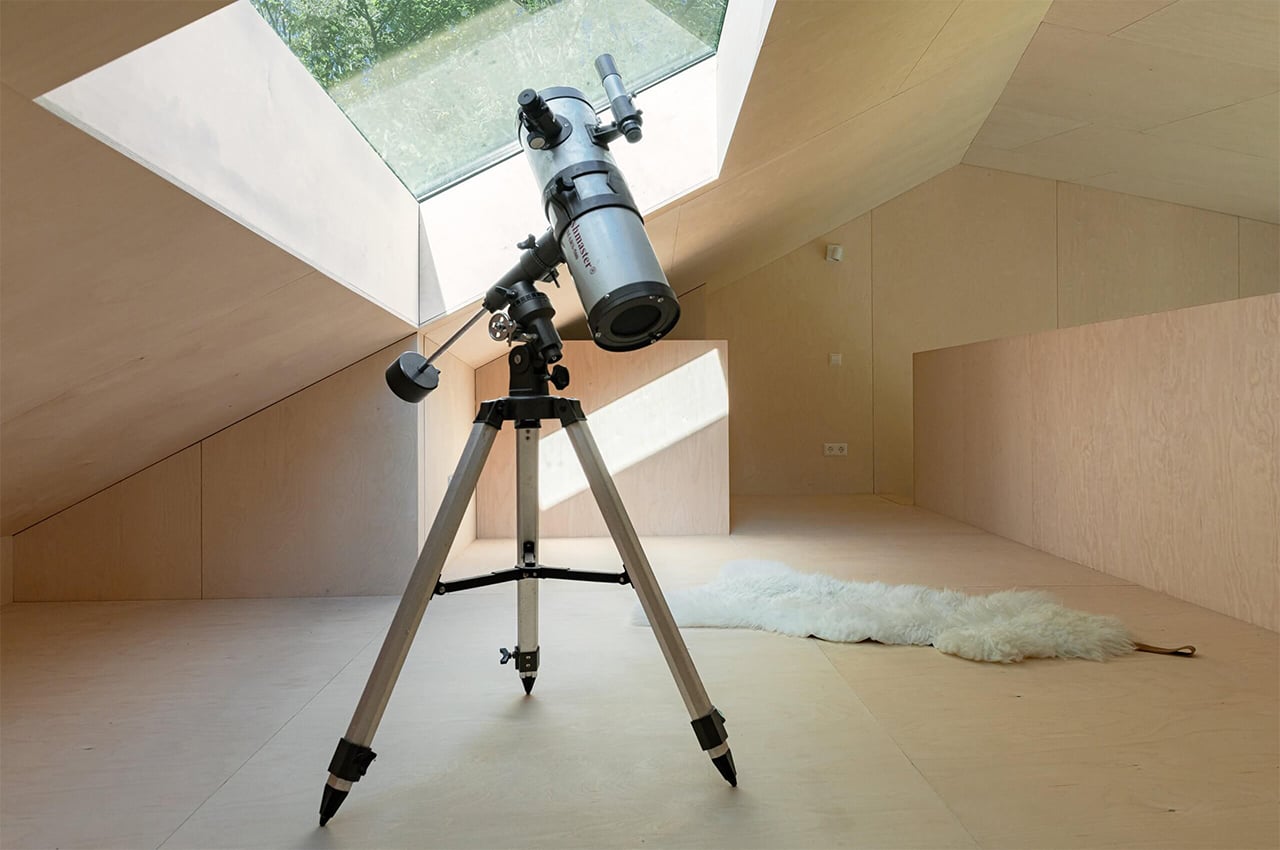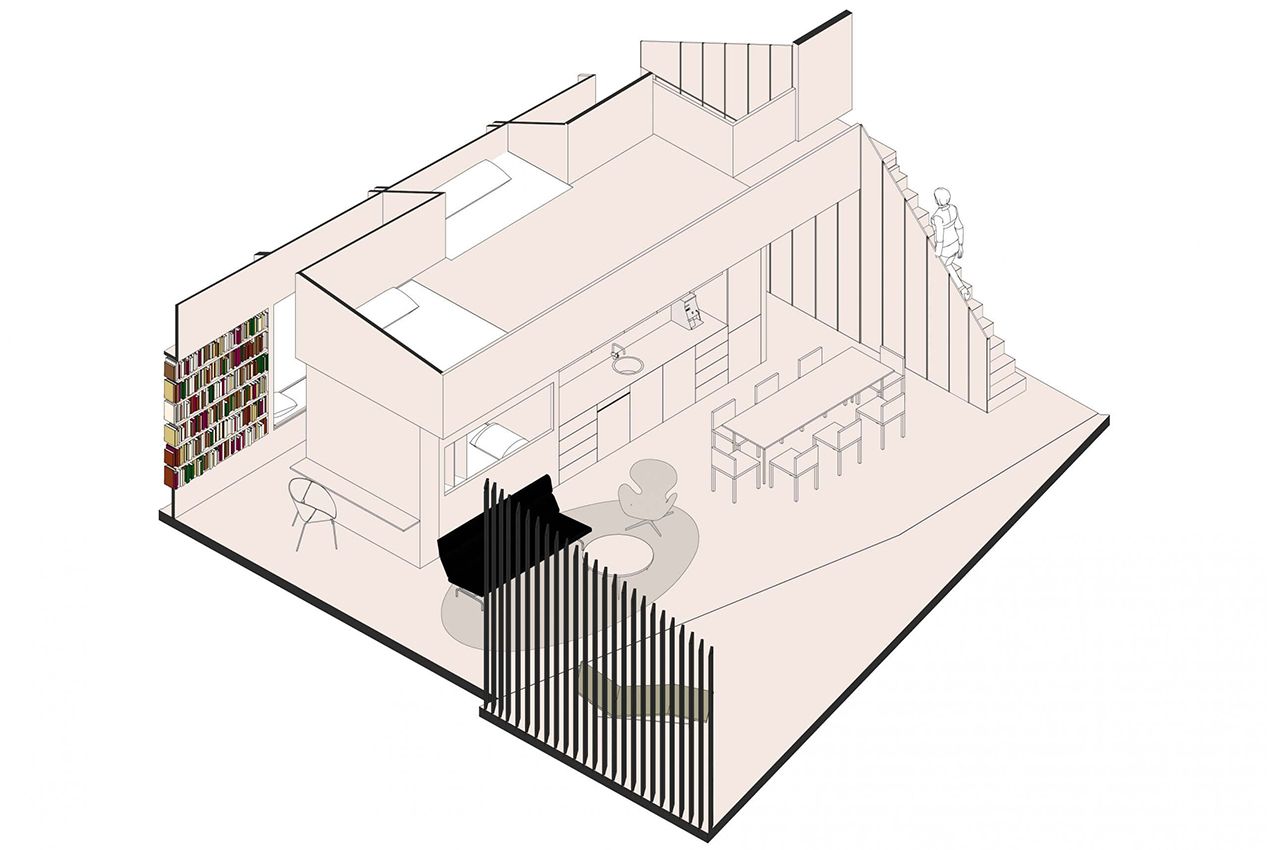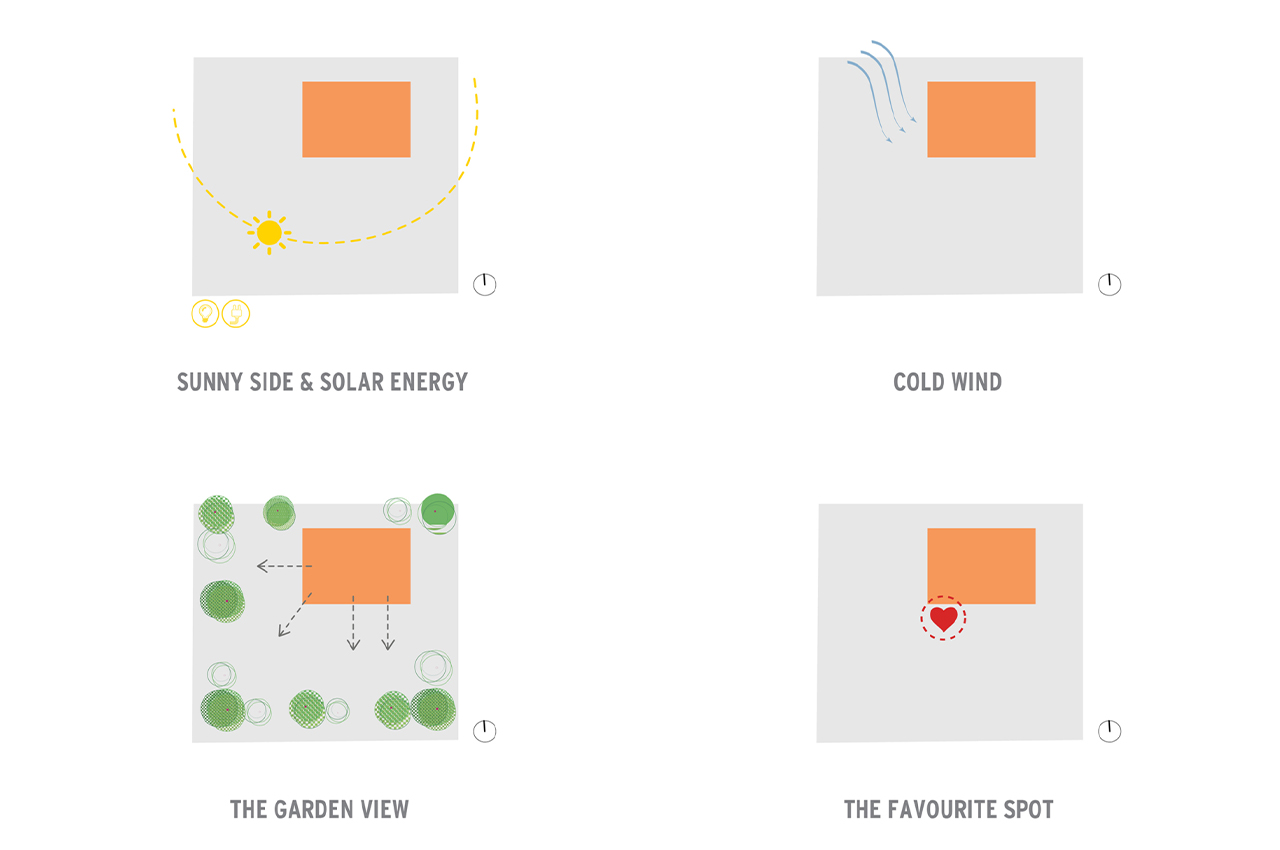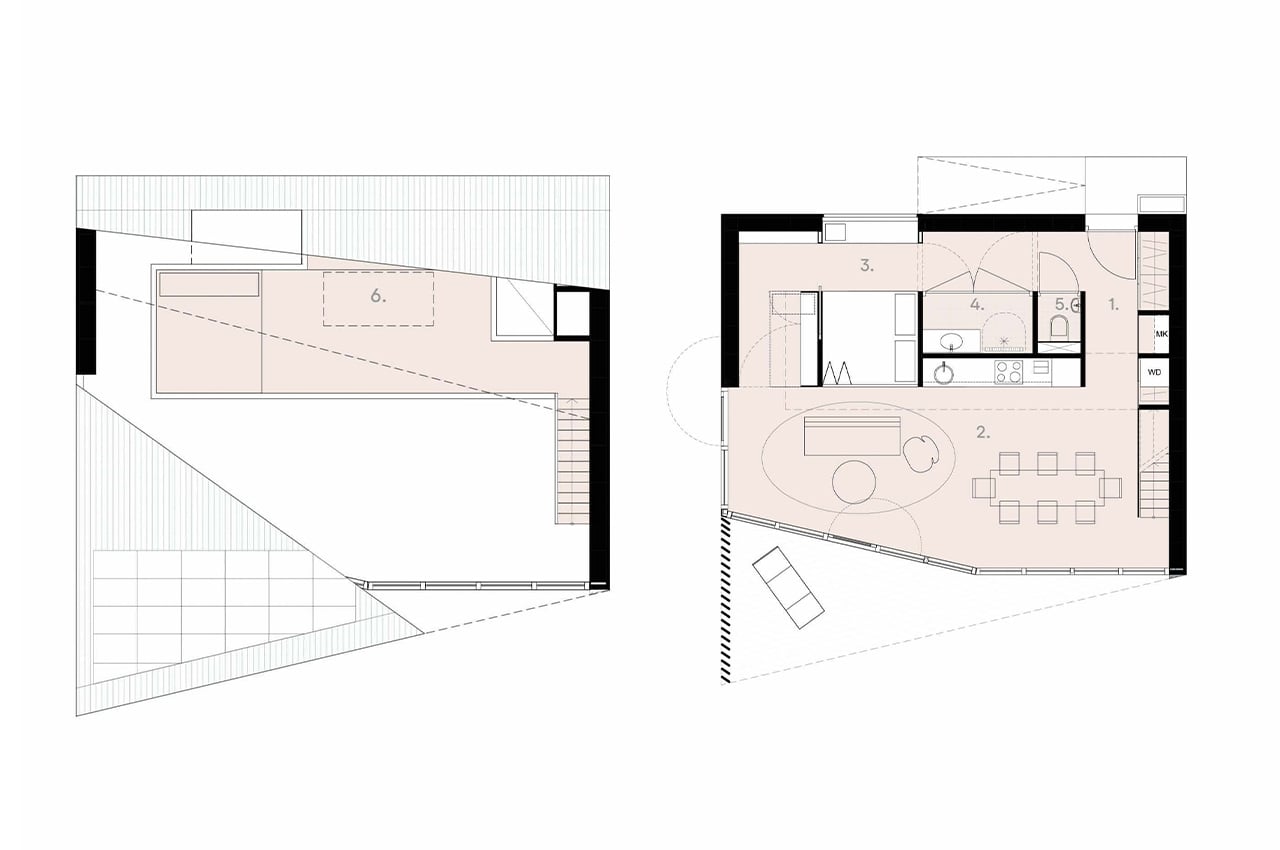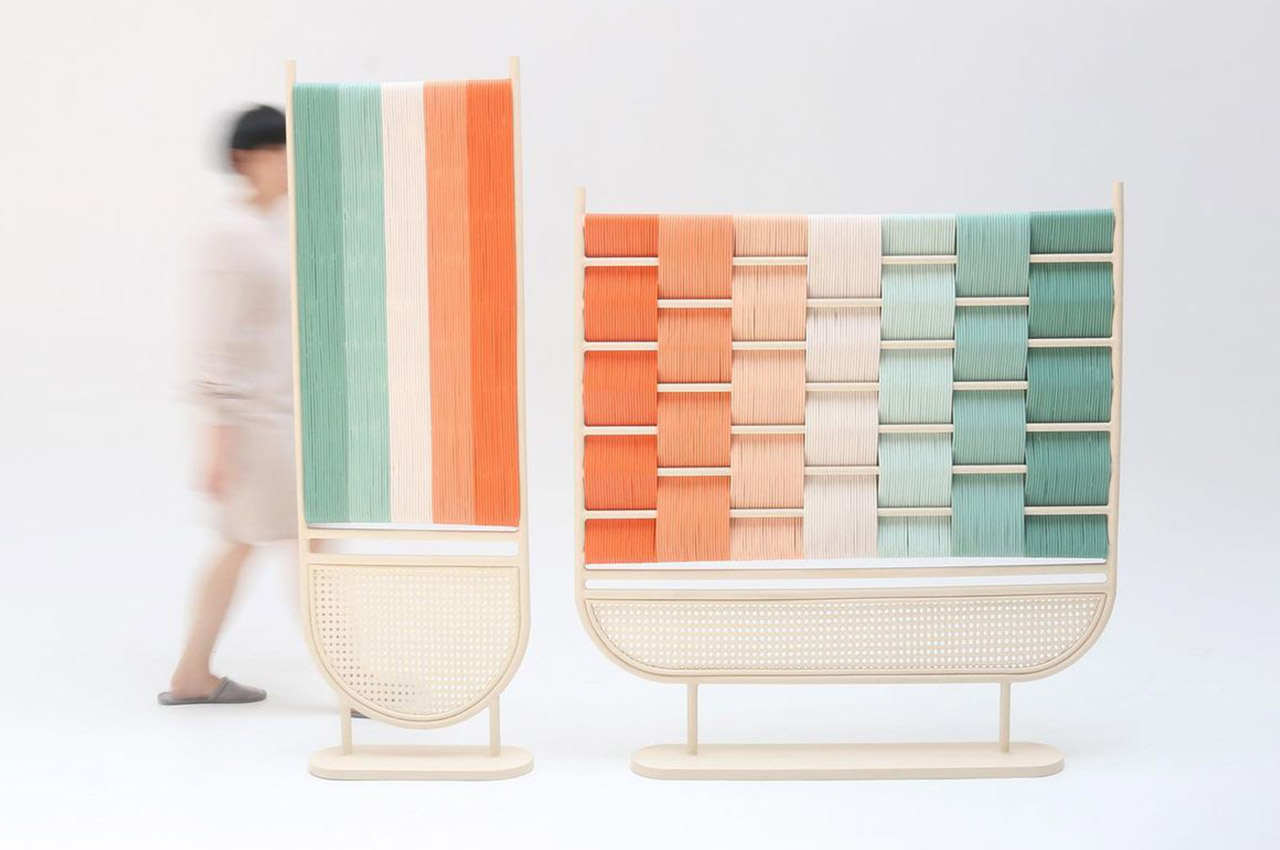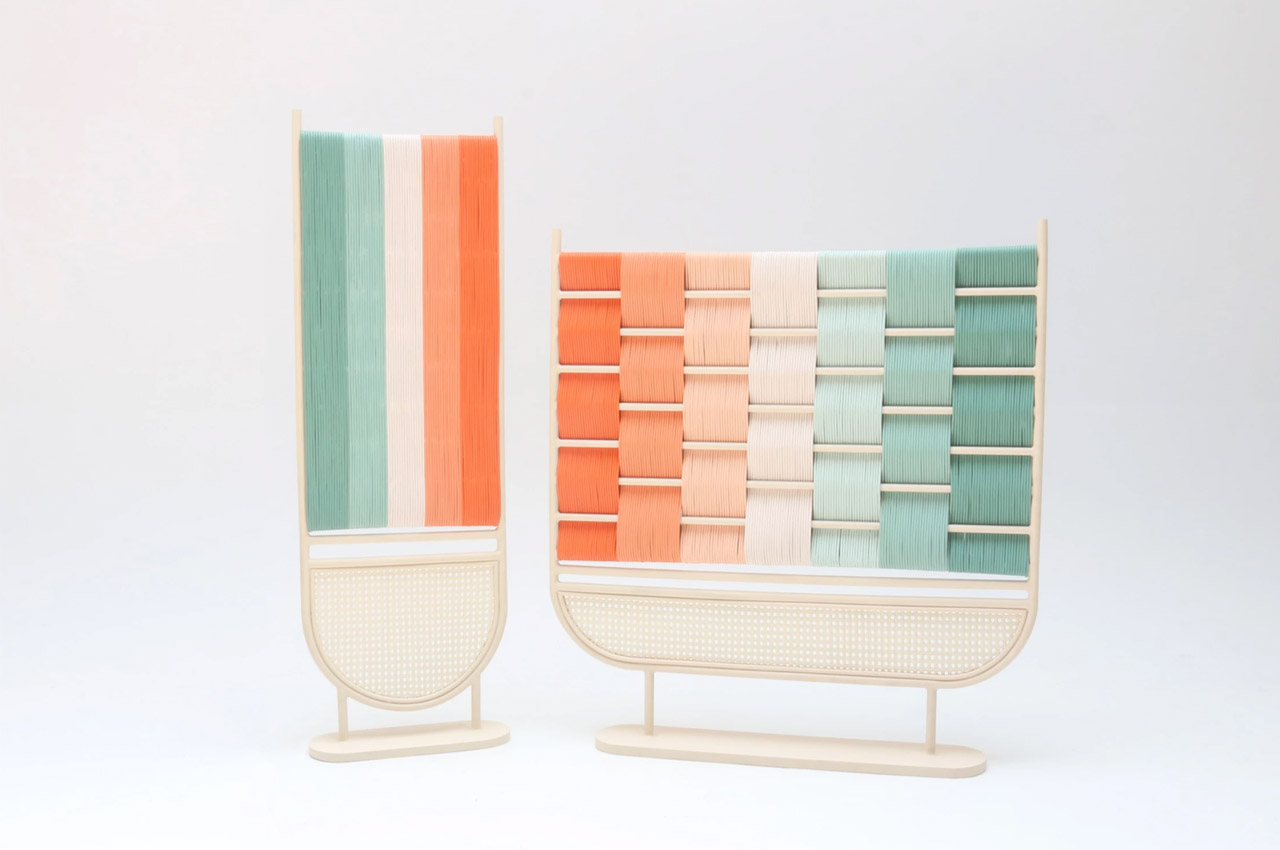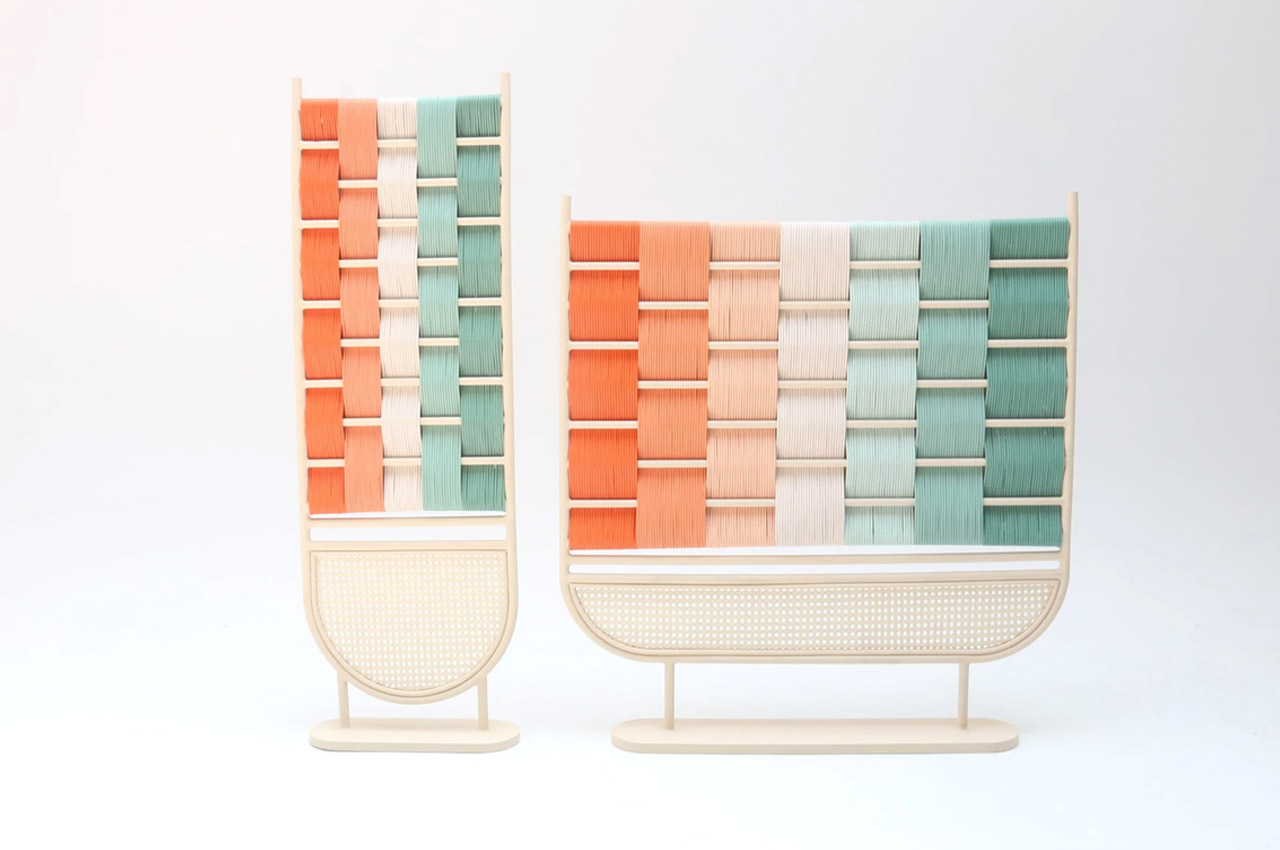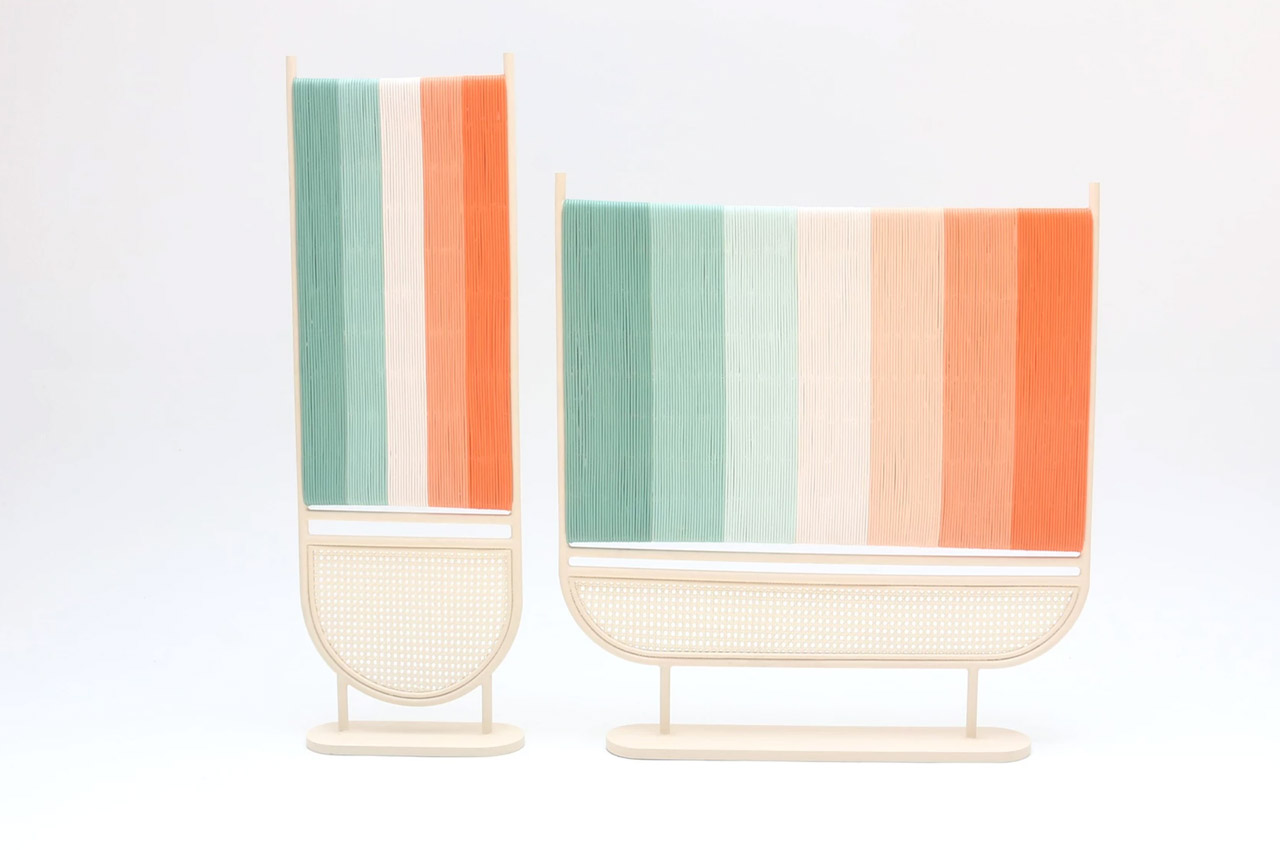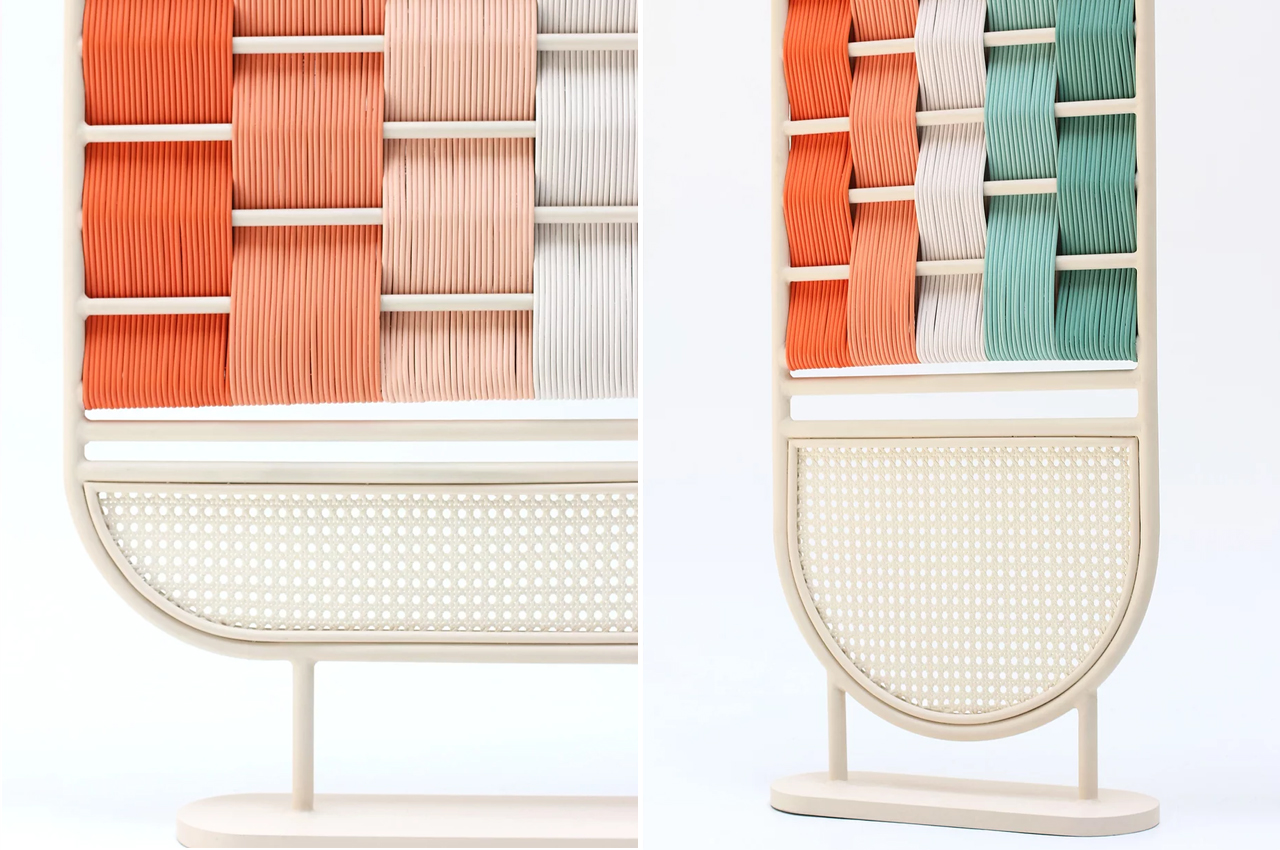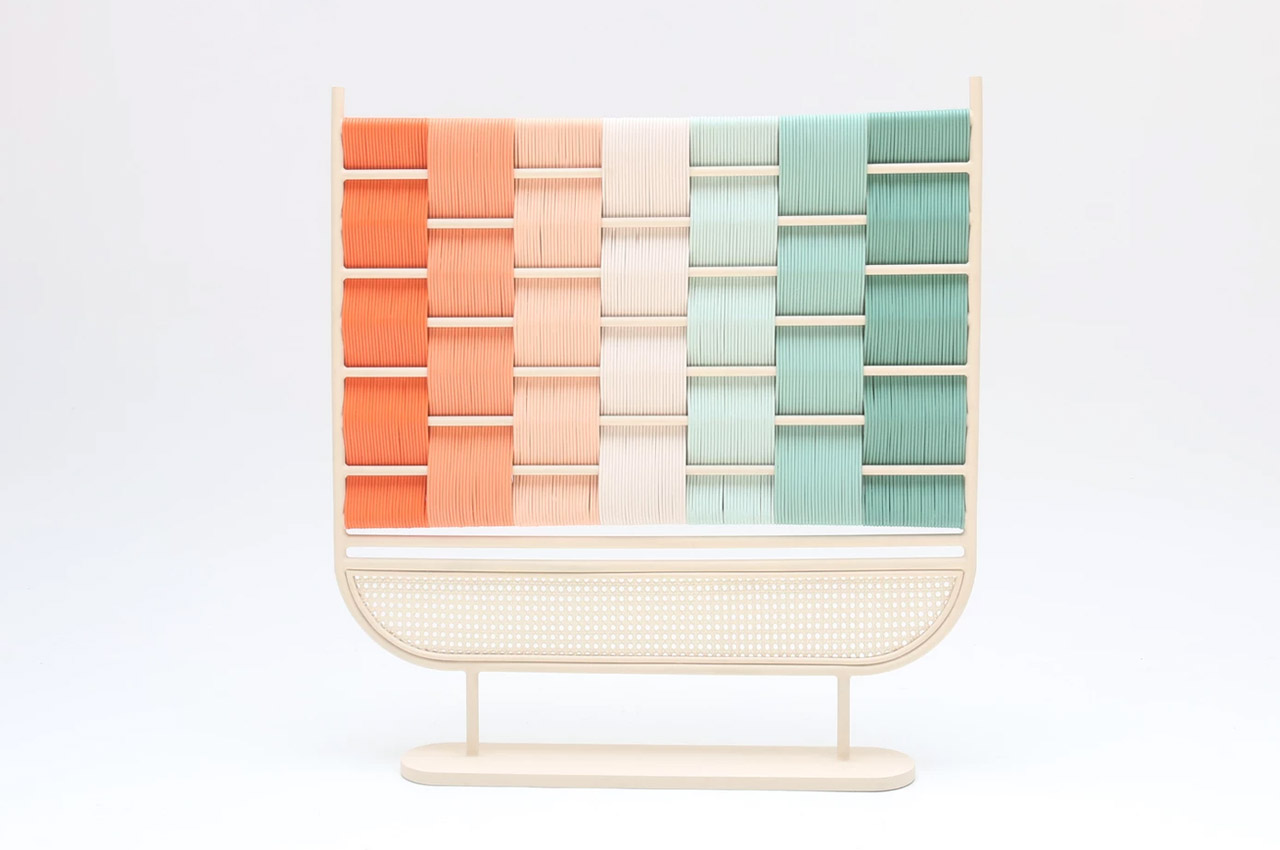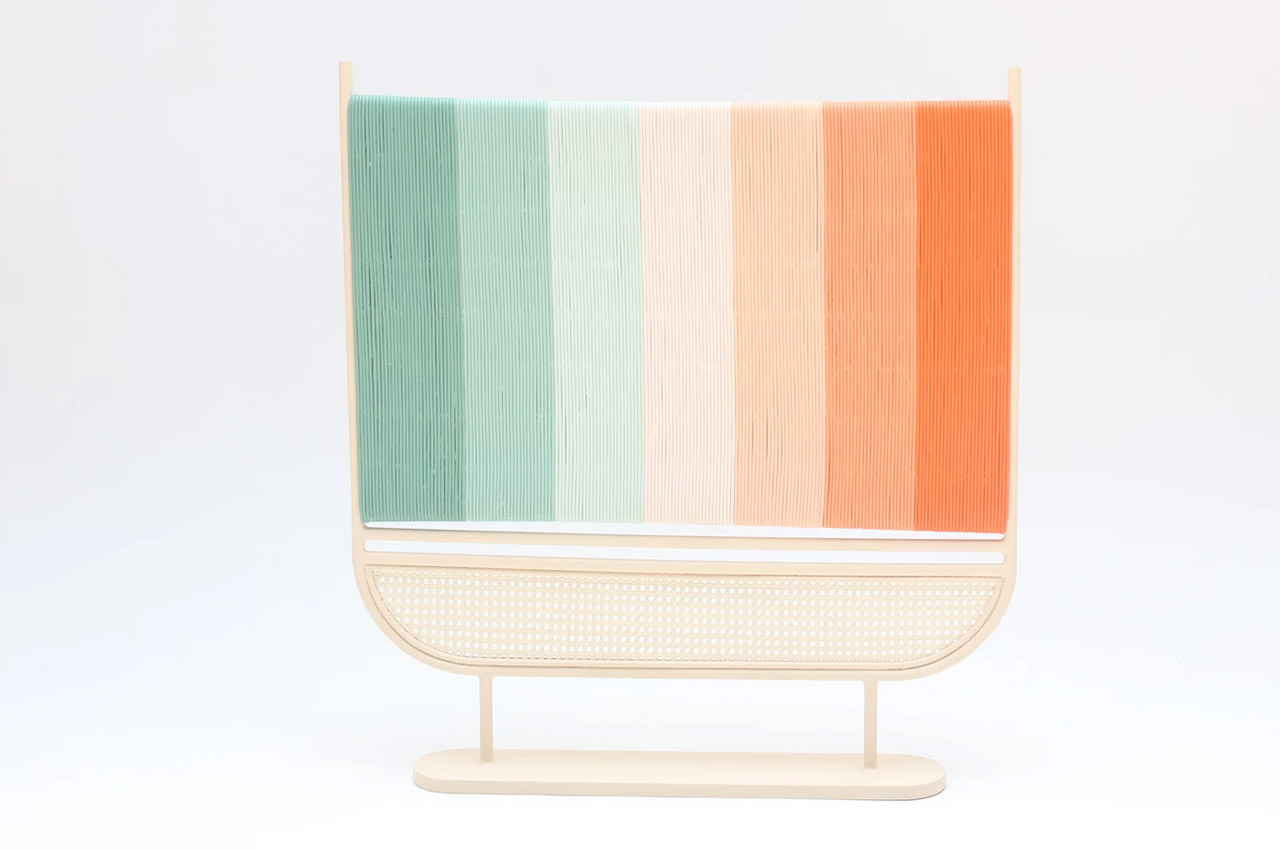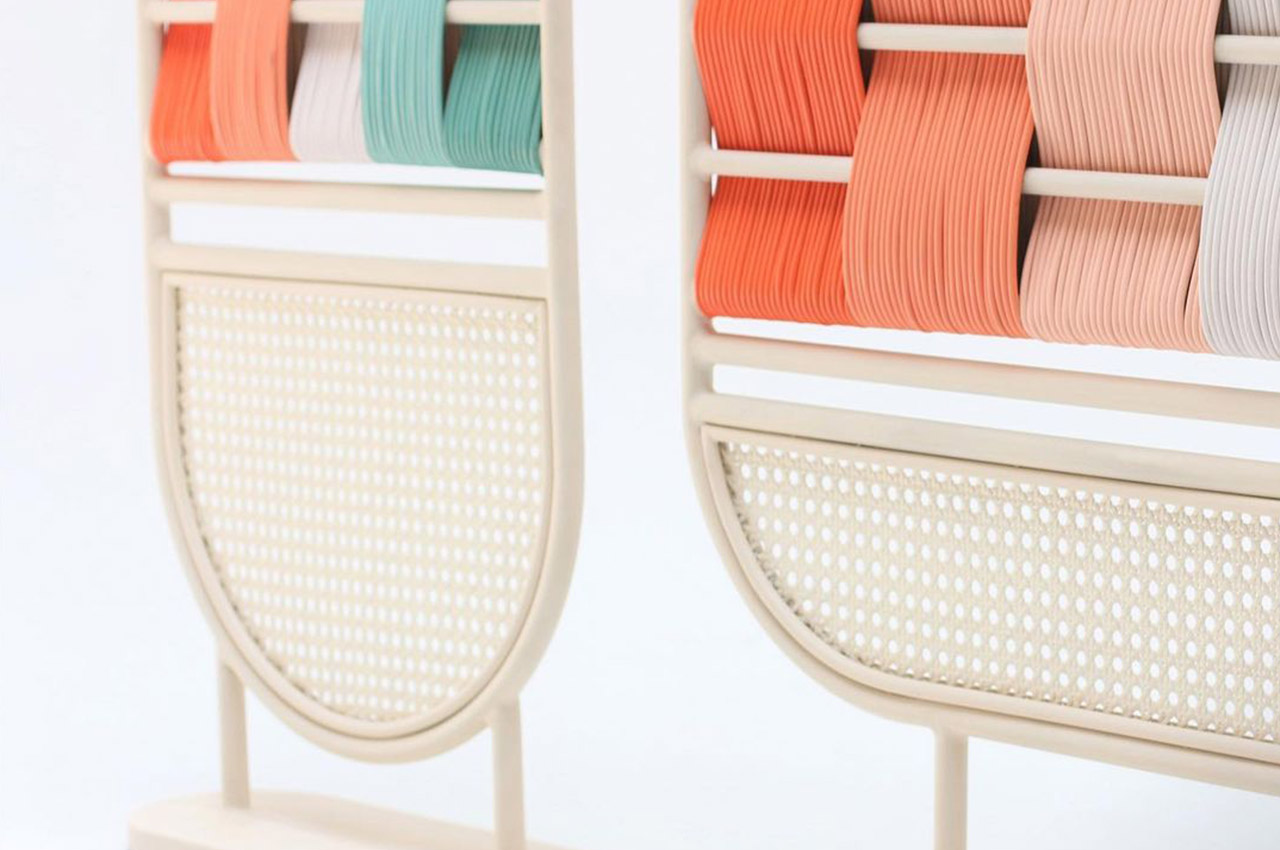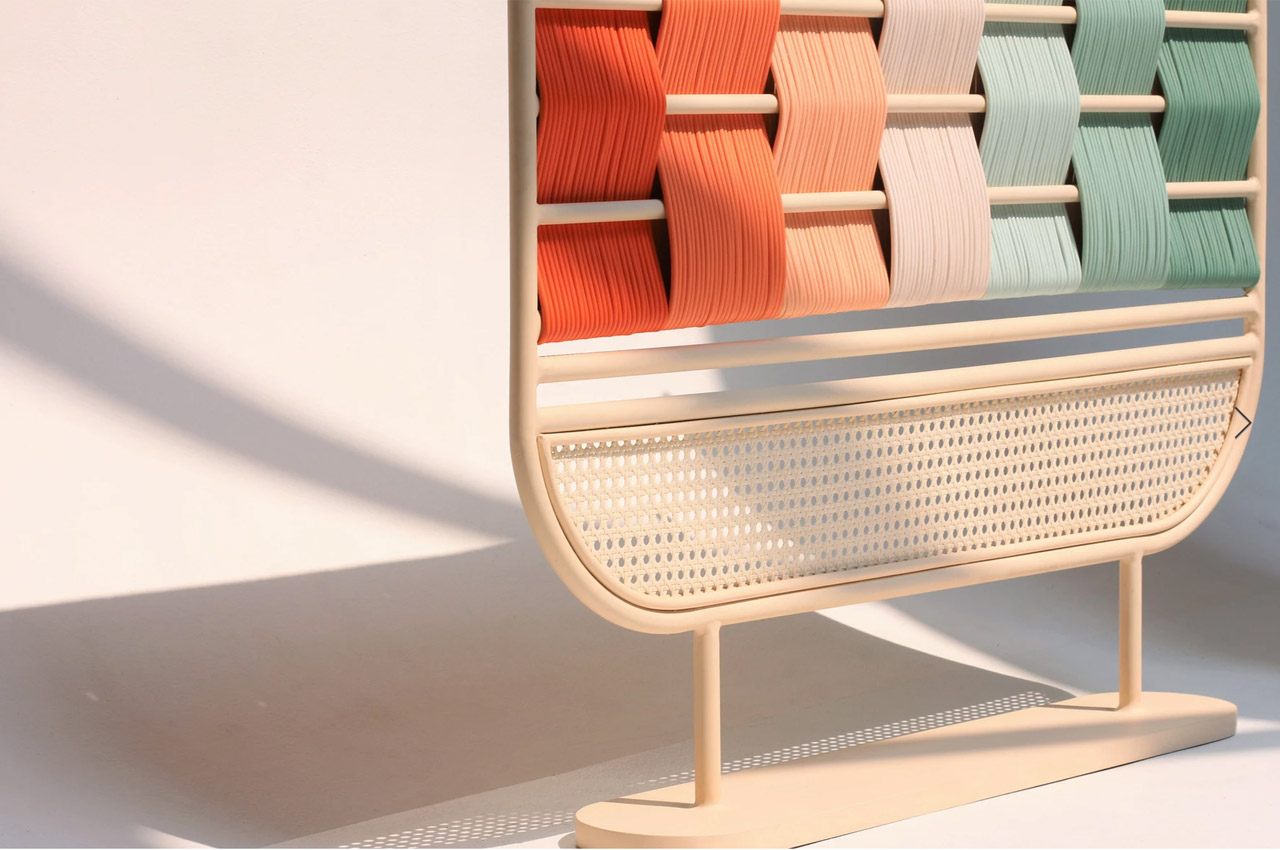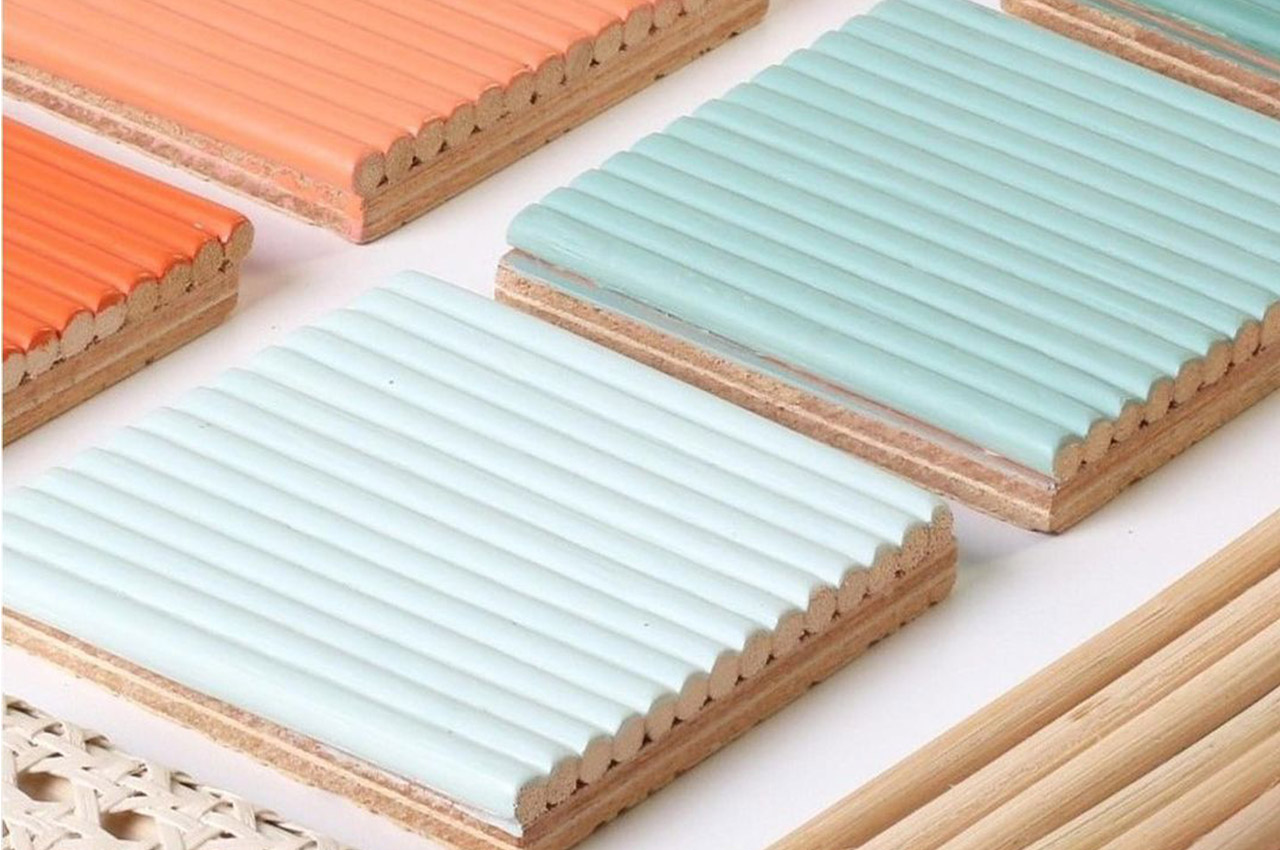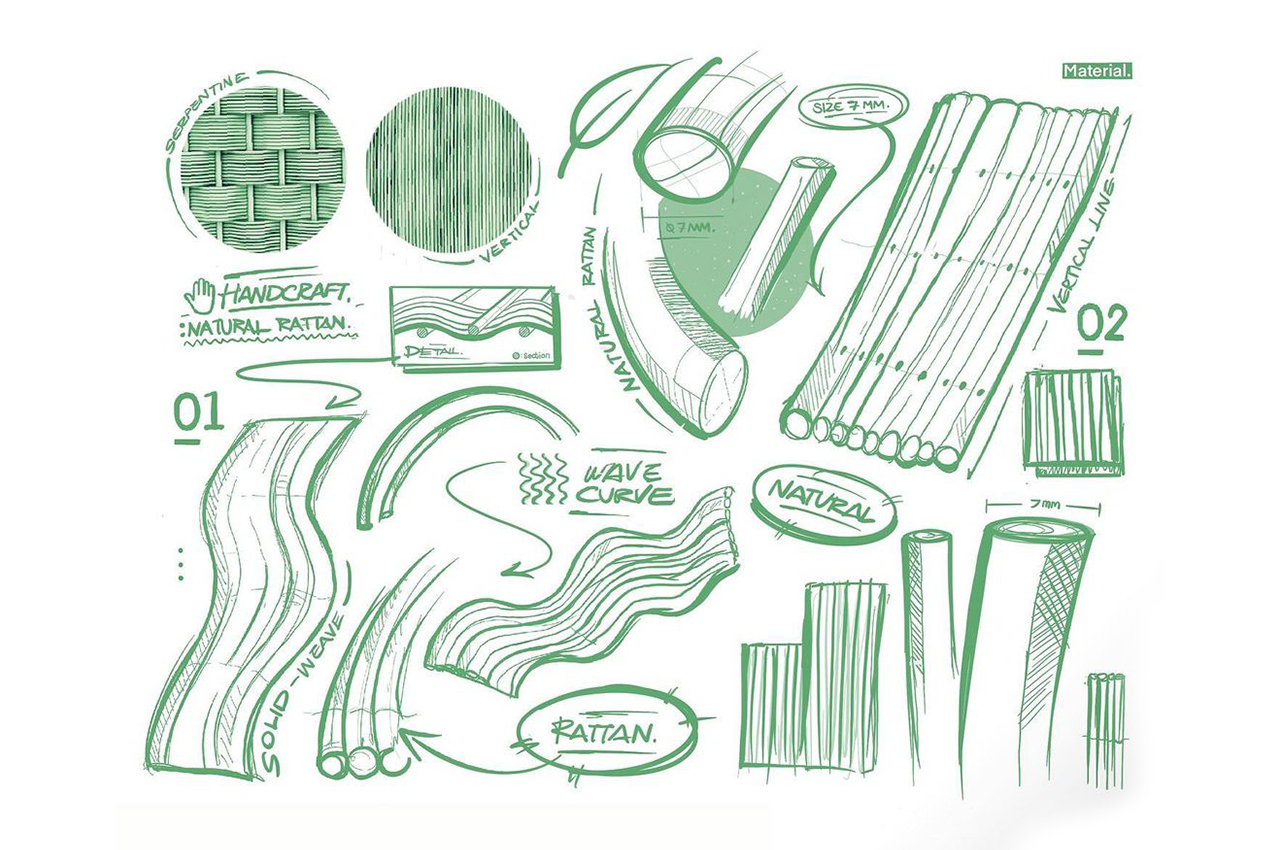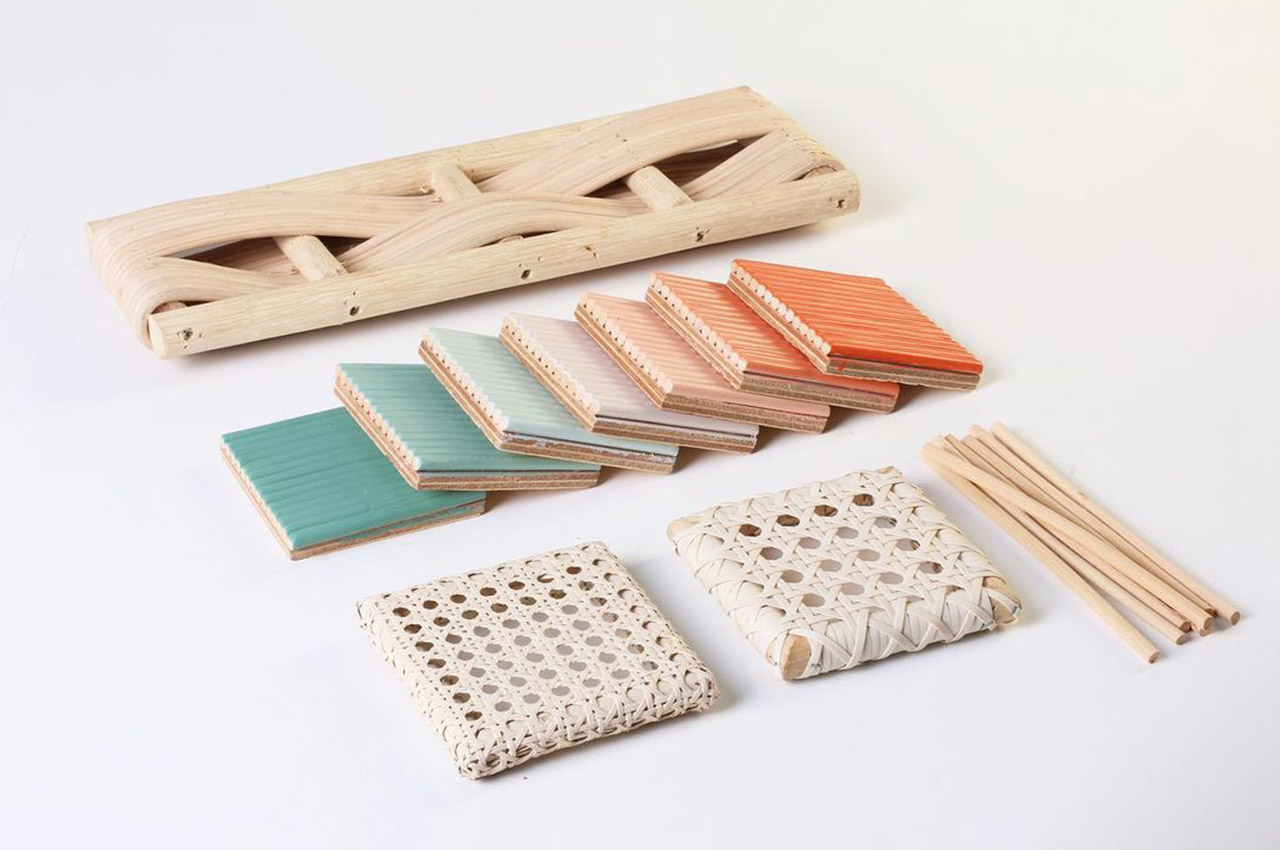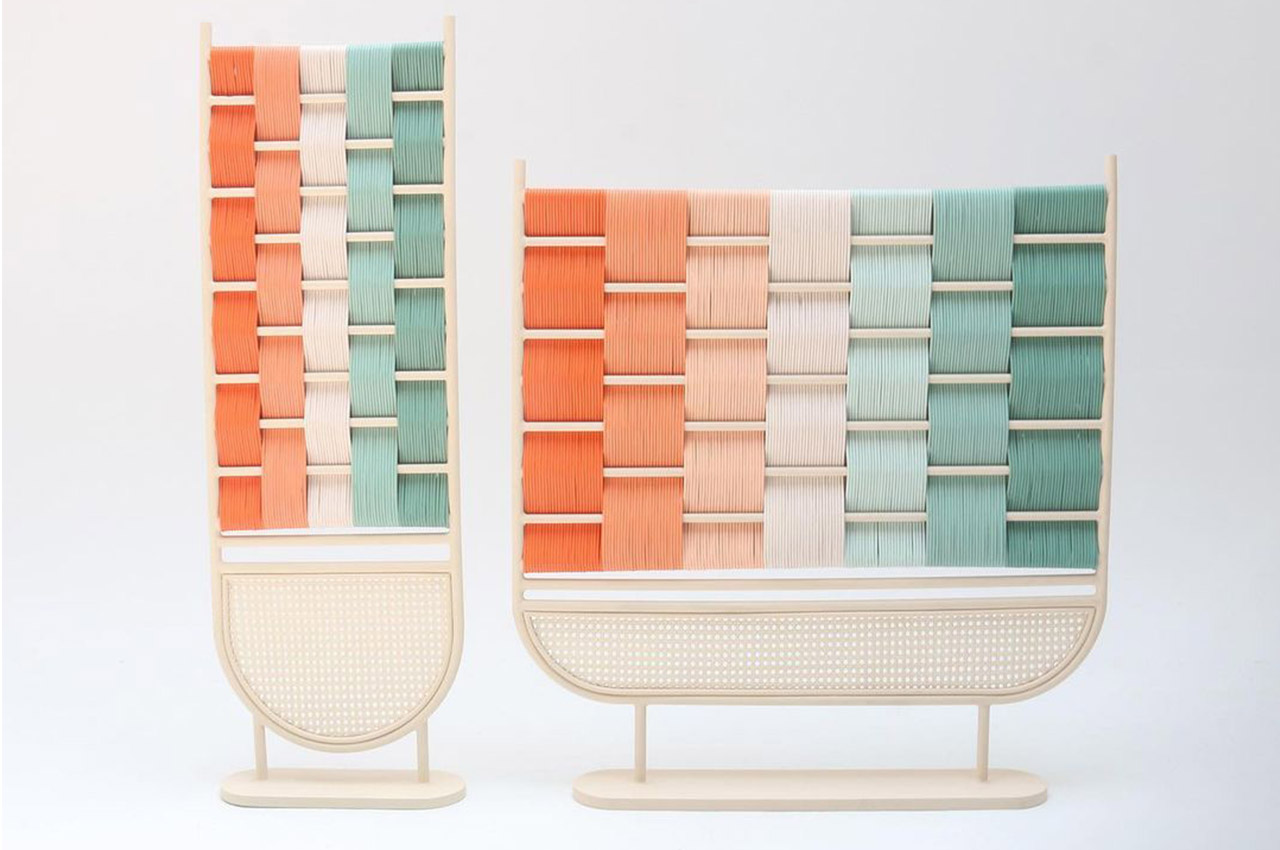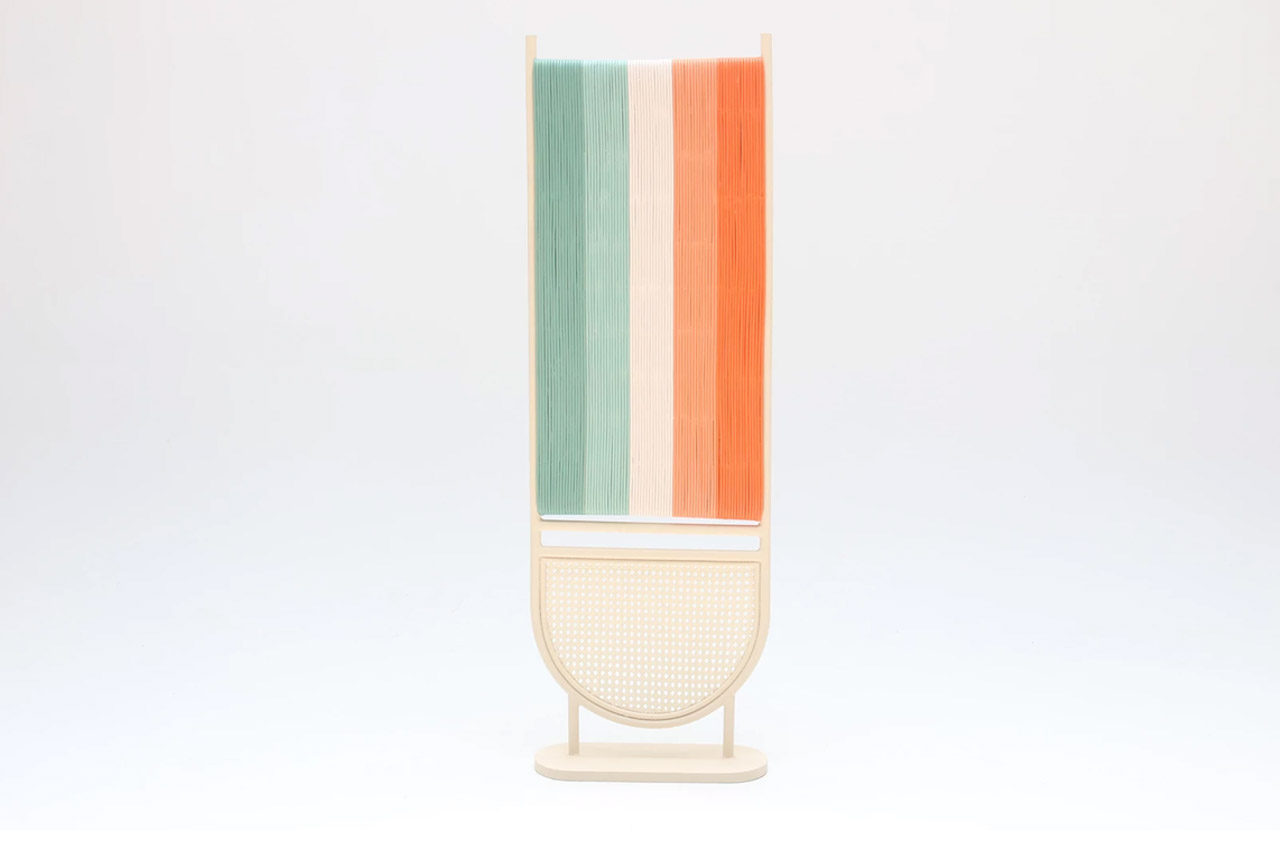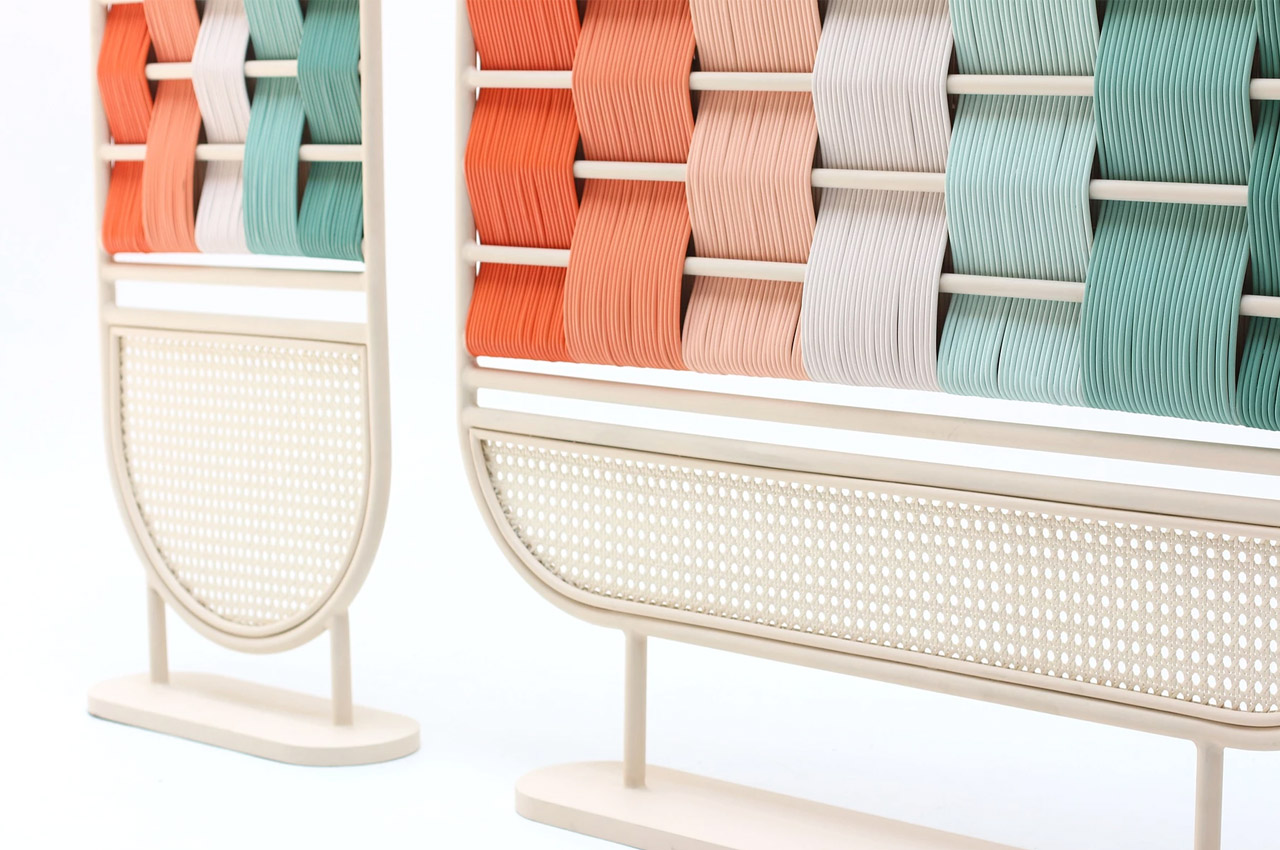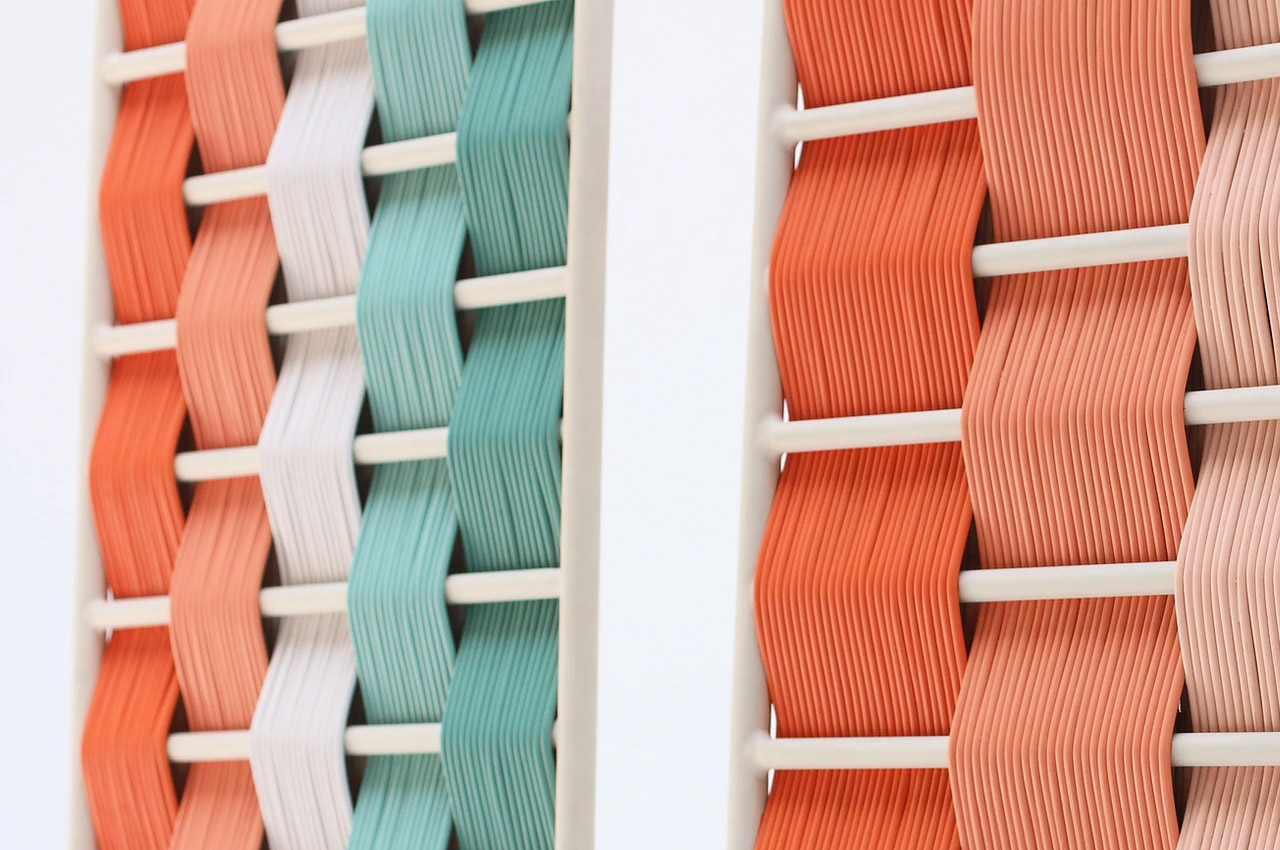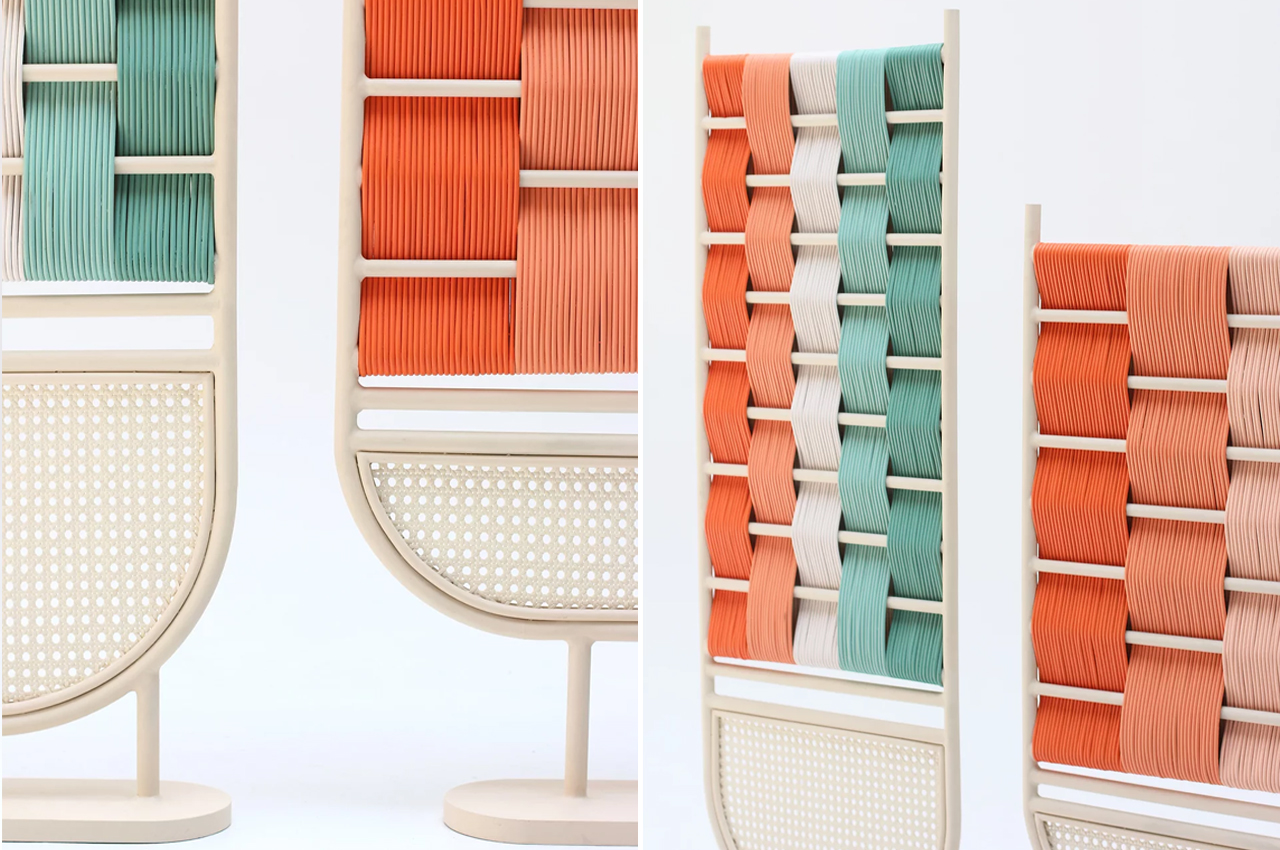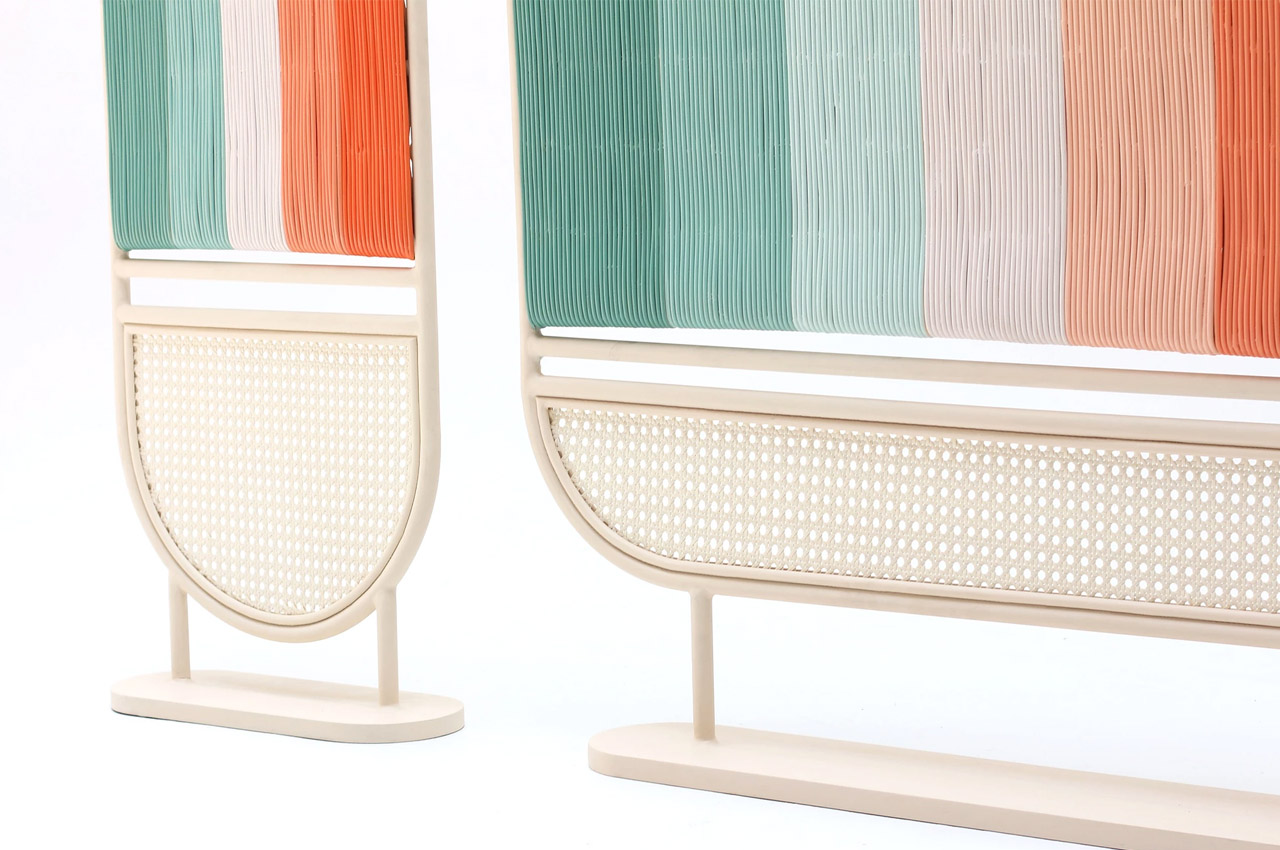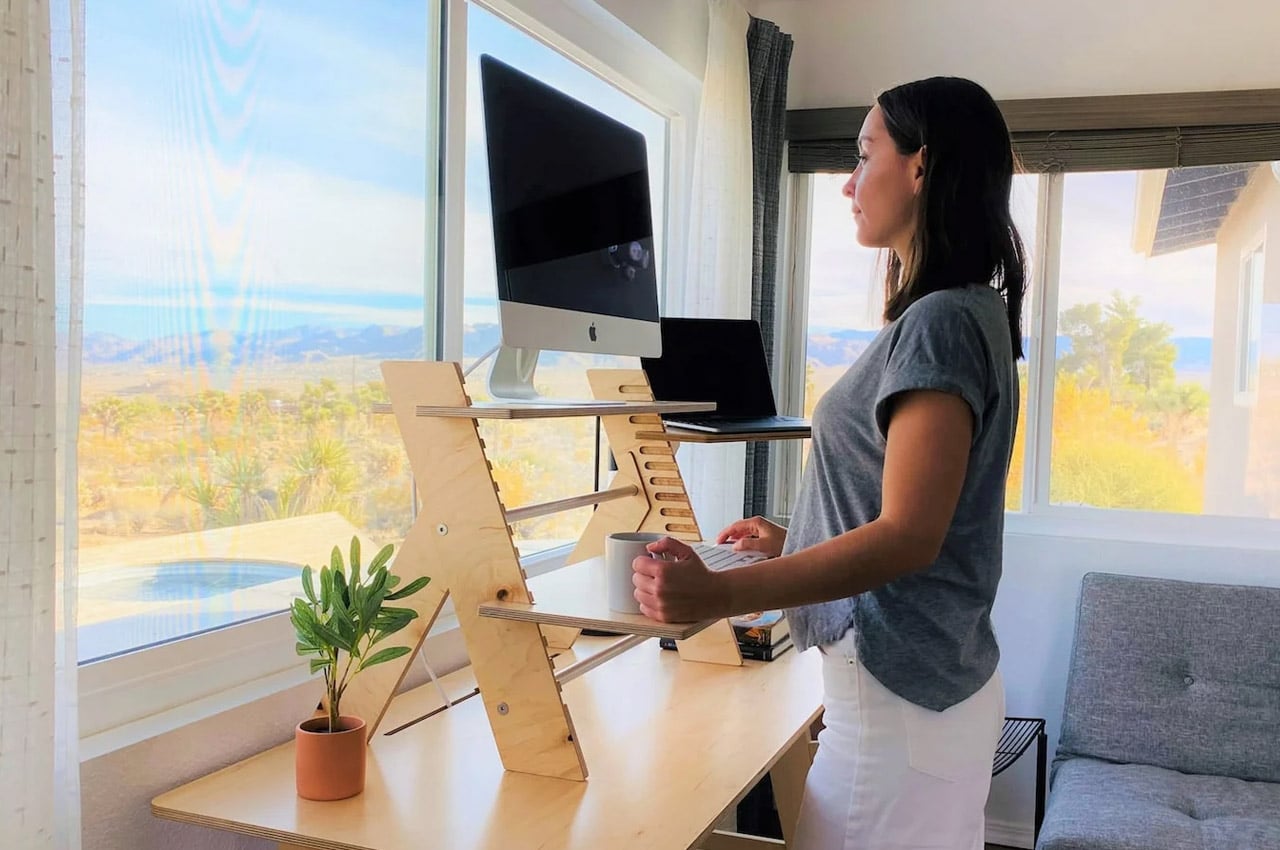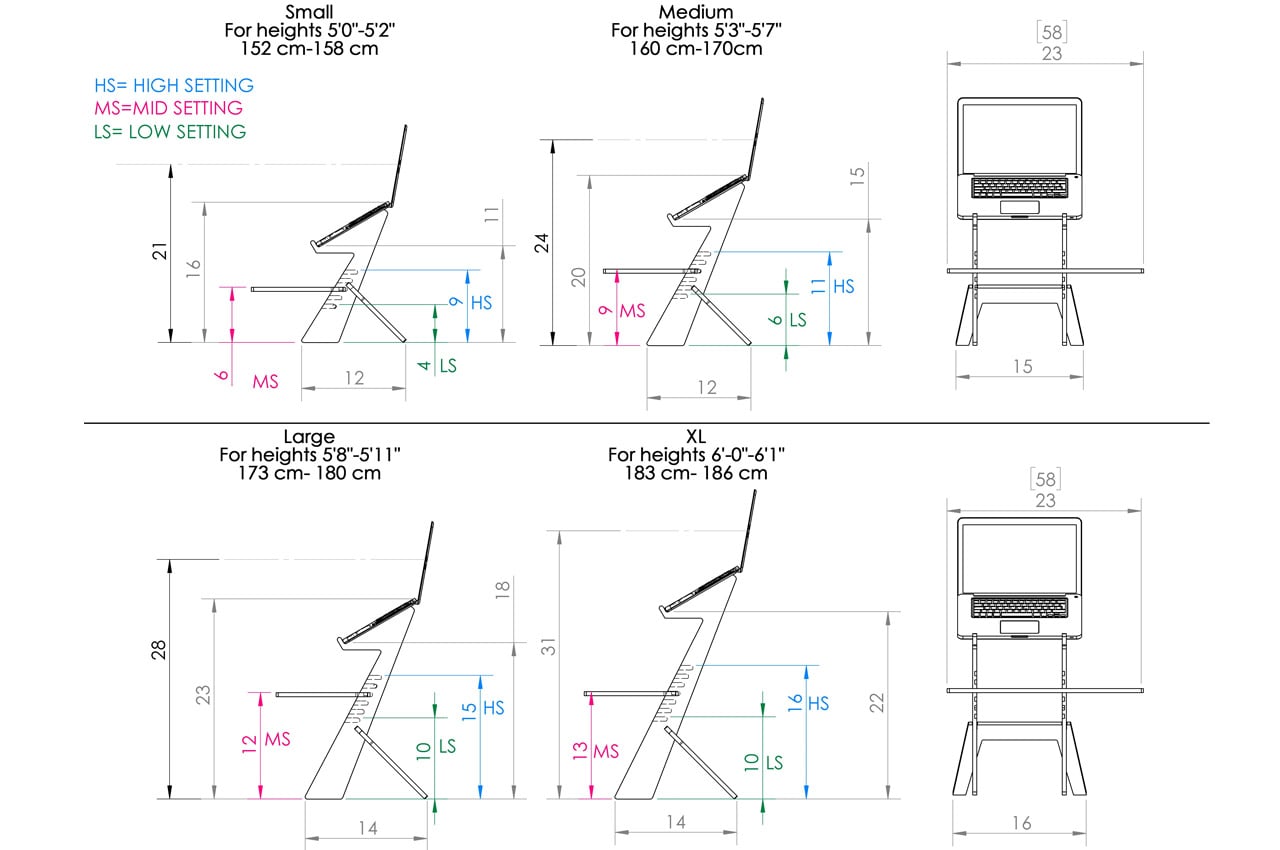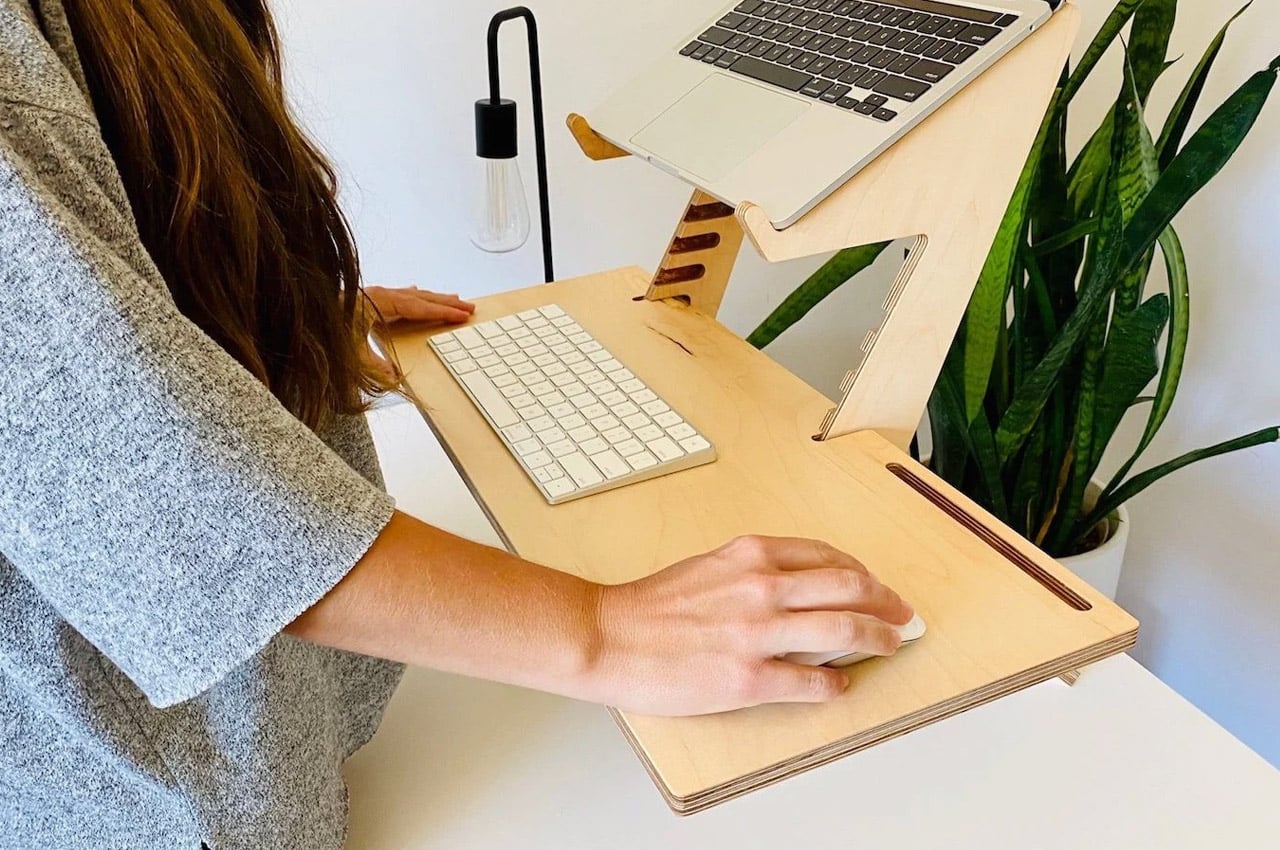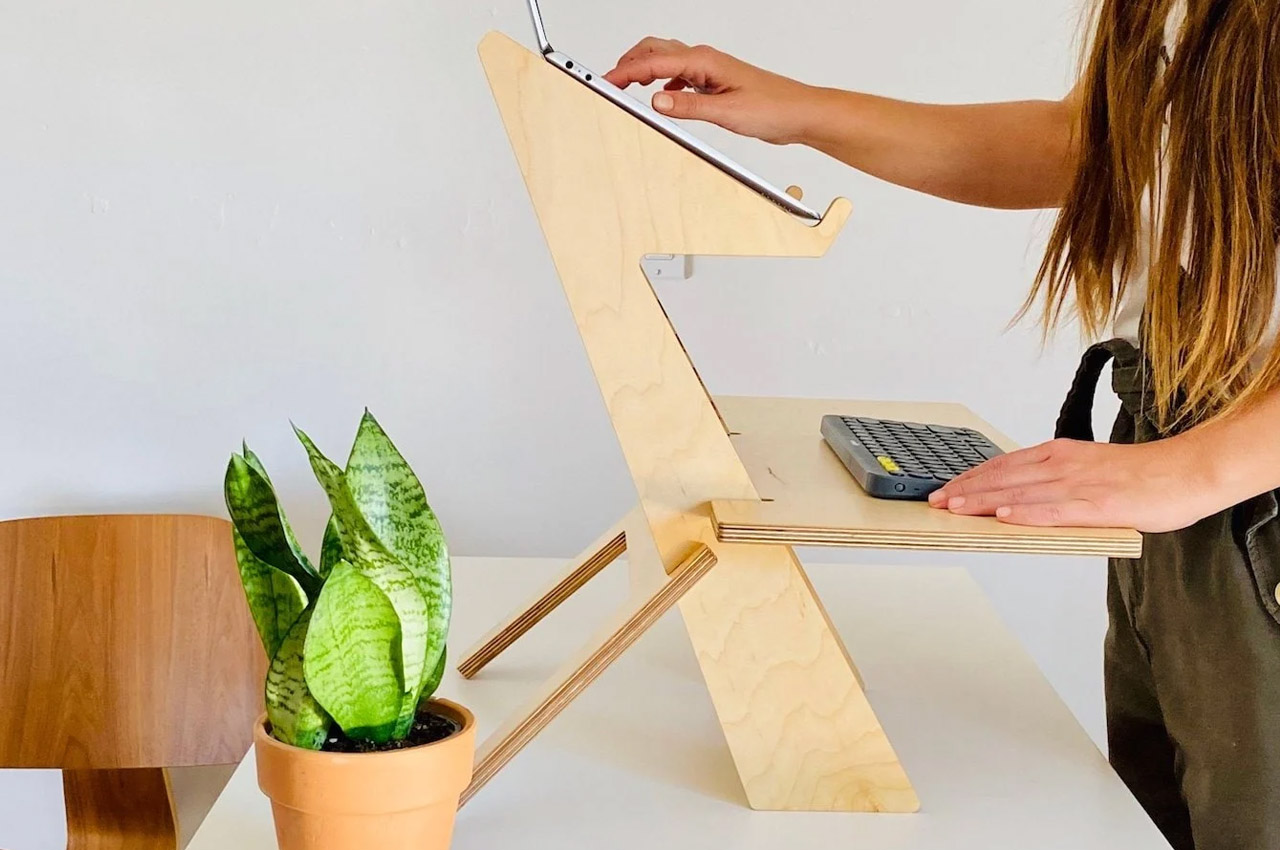
My favorite part of a meal is…dessert! I have a massive sweet tooth, and if you give me a piece of cake, I’ll be sitting in contentment for hours. As much as I love devouring desserts, I’m not the best at making them. Although that would help reduce some of the stress on my wallet! For all those dessert lovers who love gobbling up anything sweet in sight, but unfortunately struggle at preparing them – this collection of kitchen appliances has been curated specially for you. From a Star Wars-inspired waffle maker to a robotic icing assistant to help you decorate your cakes – these kitchen appliances have been designed for all those home cooks with a huge sweet tooth! These kitchen gadgets are dessert-friendly and YD-approved. Enjoy!
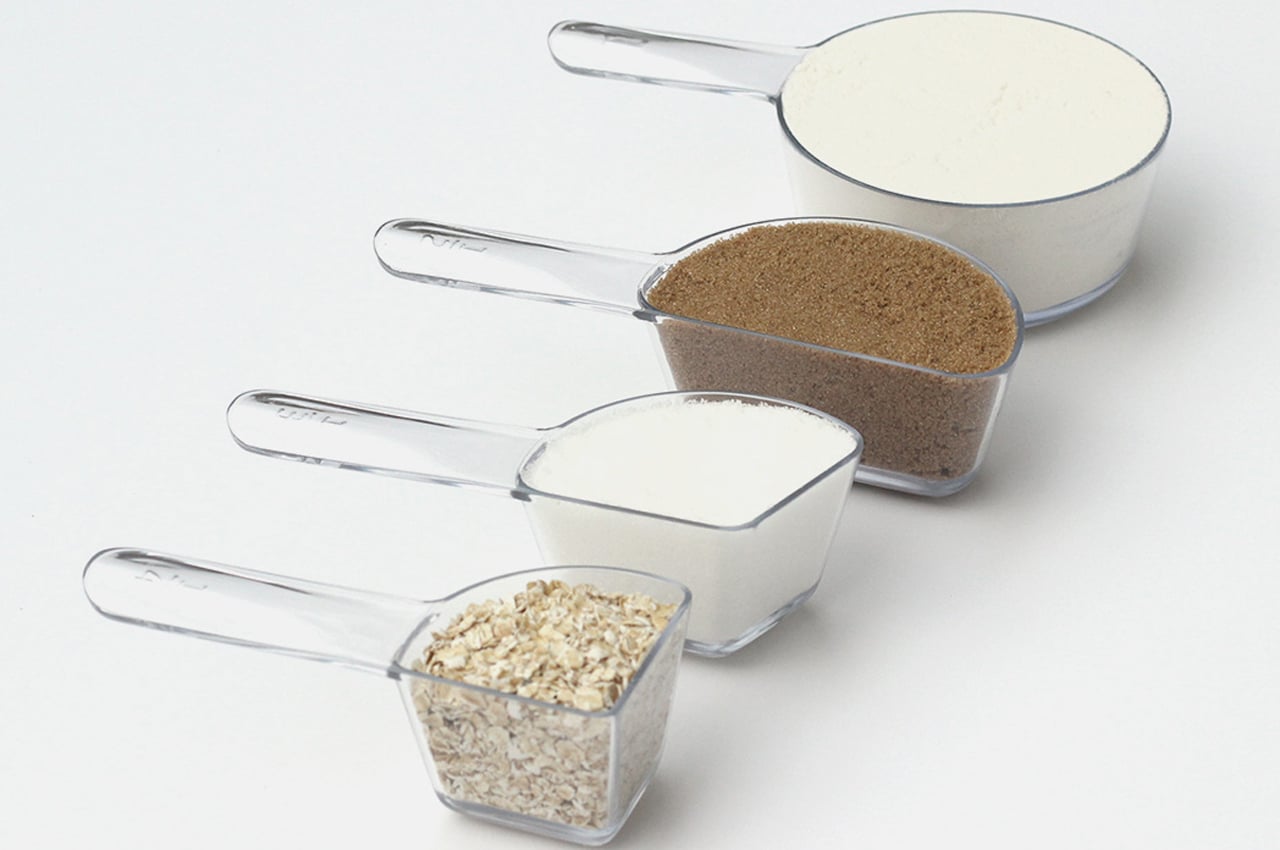

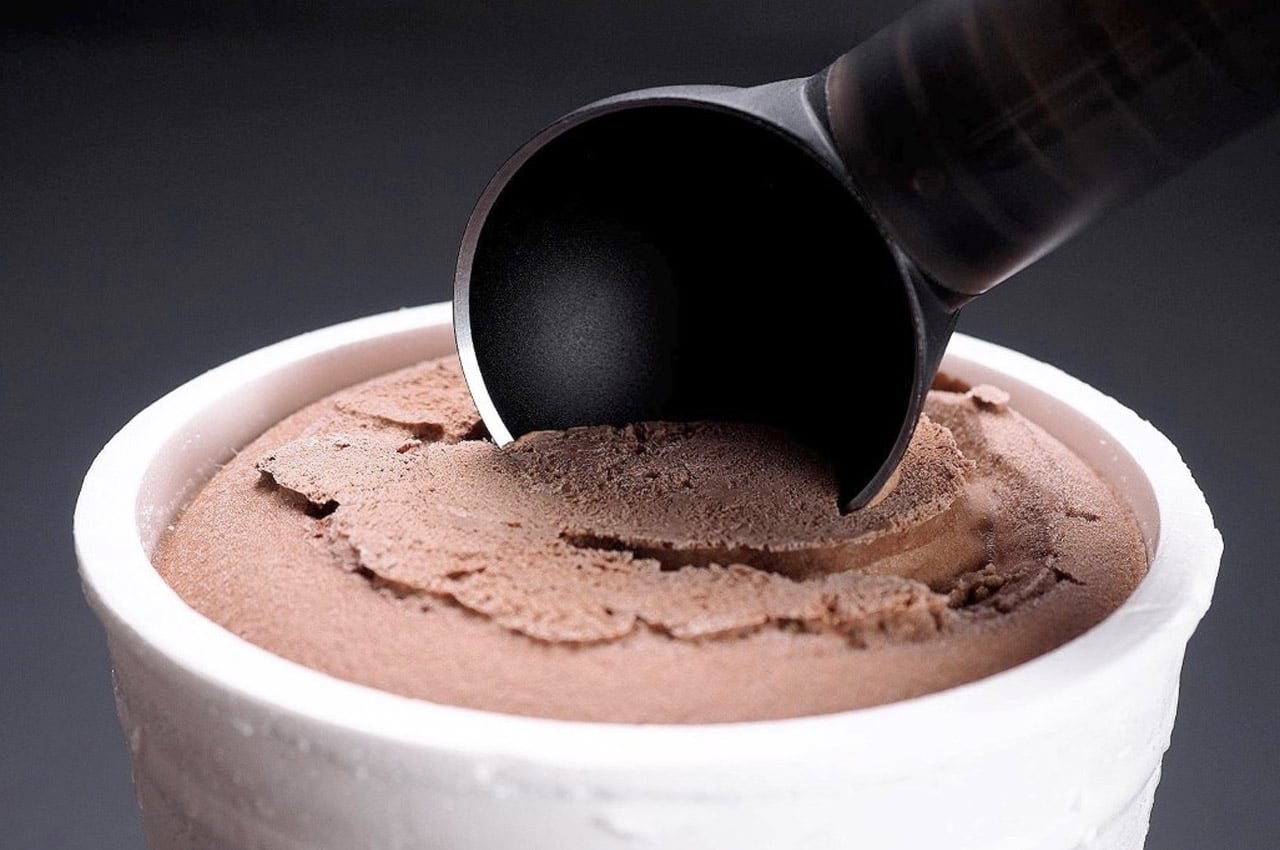
Imagine how good an ice-cream scooping spoon would have to be to win a Global Innovation Award. With a special heat-retaining liquid inside its handle and a thermally-conductive alloy structure internal structure that guides the heat to the scoop’s rim, the ScoopTHAT II can quite naturally carve through that solid block of ice cream with zero fuss. Relying on just the physical transfer of heat, ScoopTHAT II slices through frozen cream like a hot knife through butter, but without any electricity or batteries… just good old science.

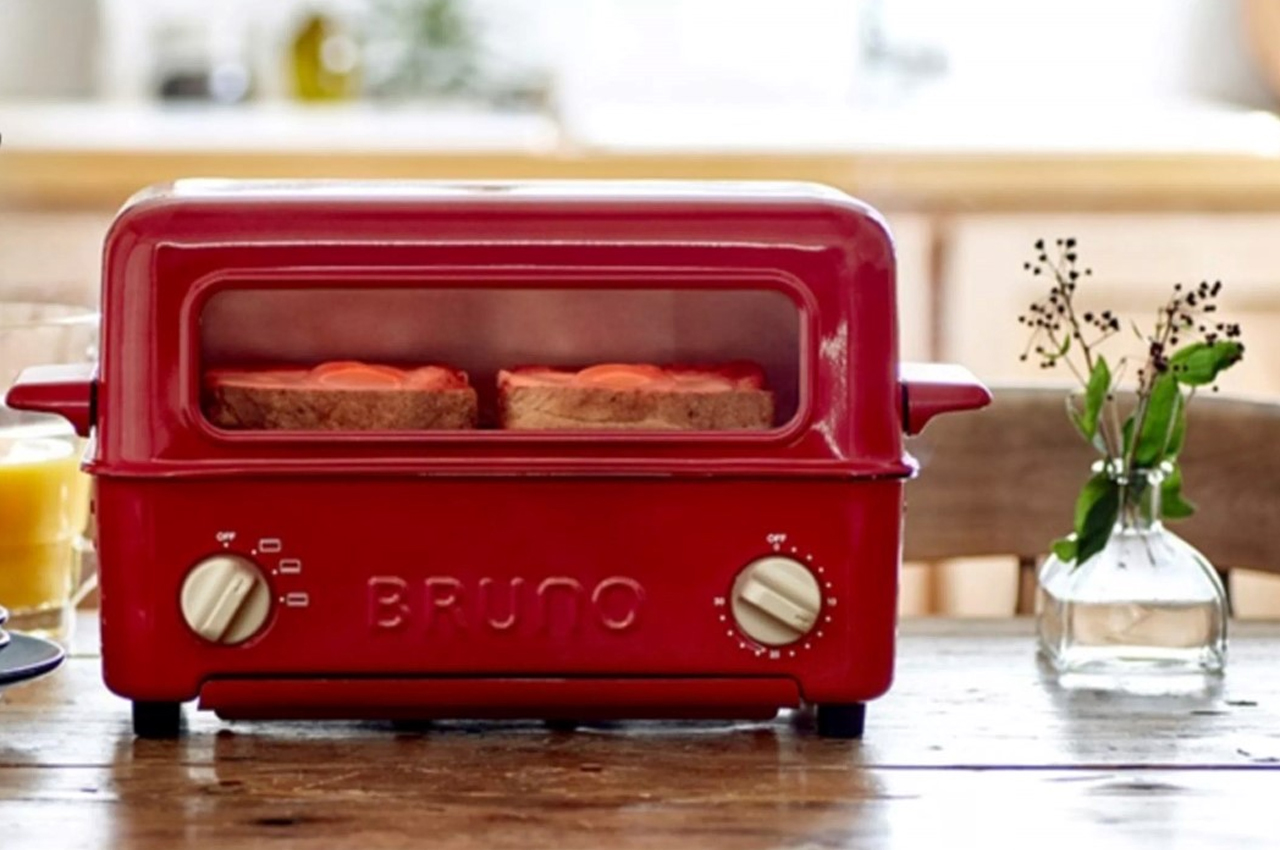
The Bruno comes as a clamshell appliance with a lid that hinges back when you open it. With heating coils on the base as well as the lid, you can use the Bruno just like an oven (except this opens differently) by even choosing which heating plate you want to activate. A grill plate sits at the middle, holding your meats or vegetables on it as you grill them just like you would on a barbecue grill. Open the lid, fire the lower coil, and you’ve got yourself an impromptu grill that works well with all sorts of food. Close the lid and activate both heating coils and you’ve got a toaster that toasts breads kept horizontally!
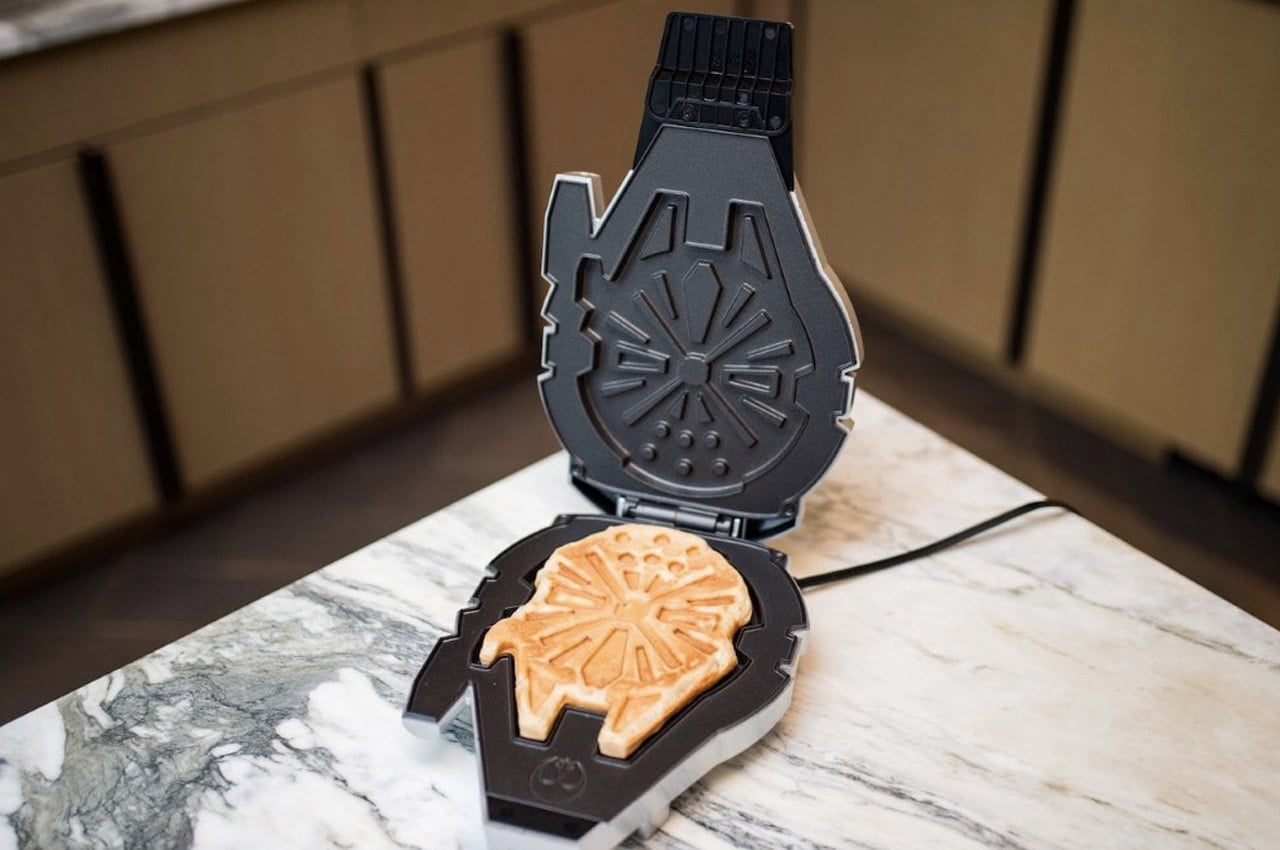
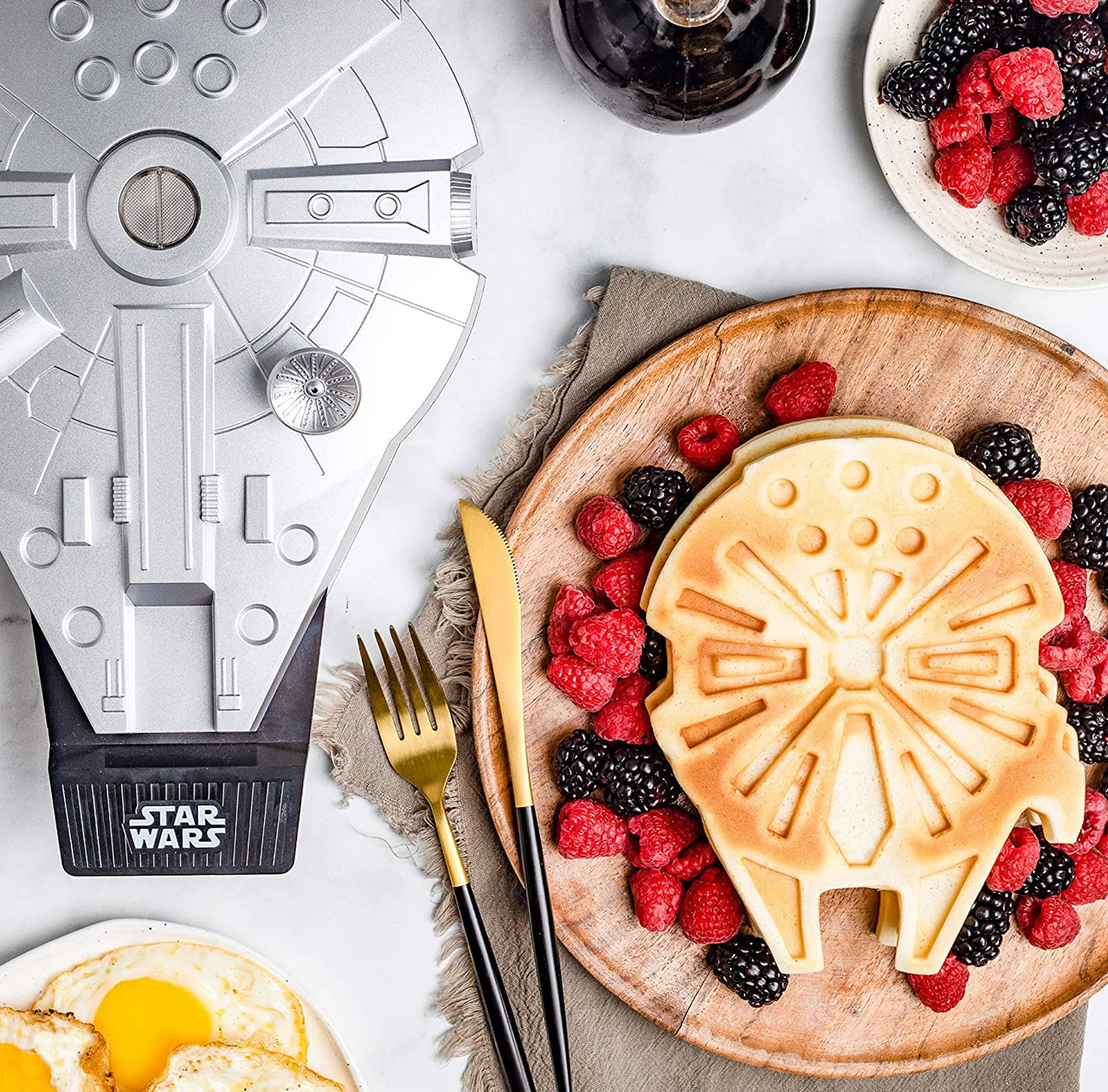
Producing probably the best waffles in the galaxy, Pangea’s Deluxe Millennial Falcon Waffle Maker creates iconic starship-shaped waffles, with even browning on both sides thanks to its weighted lid and in-built thermostat. It even packs two LEDs that tell you when to pour batter, and when the waffles are perfectly golden and ready absolutely devour.


Modeled on the shape and design of a toucan bird (remember Rafael from the movie Rio?), Toco actually helps core and spiralize an apple, turning it from a fruit into a fun spiral you can eat! Made from plastic (so it’s relatively safe around kids), Toco’s beak comes with a circular element at its tip that pierces into the fruit’s core, while the beak itself has a sharp-ish edge that cuts through the fruit’s flesh. Toco’s eye-hole serves as a finger-rest too, giving you the leverage you need to easily cut through the fruit.
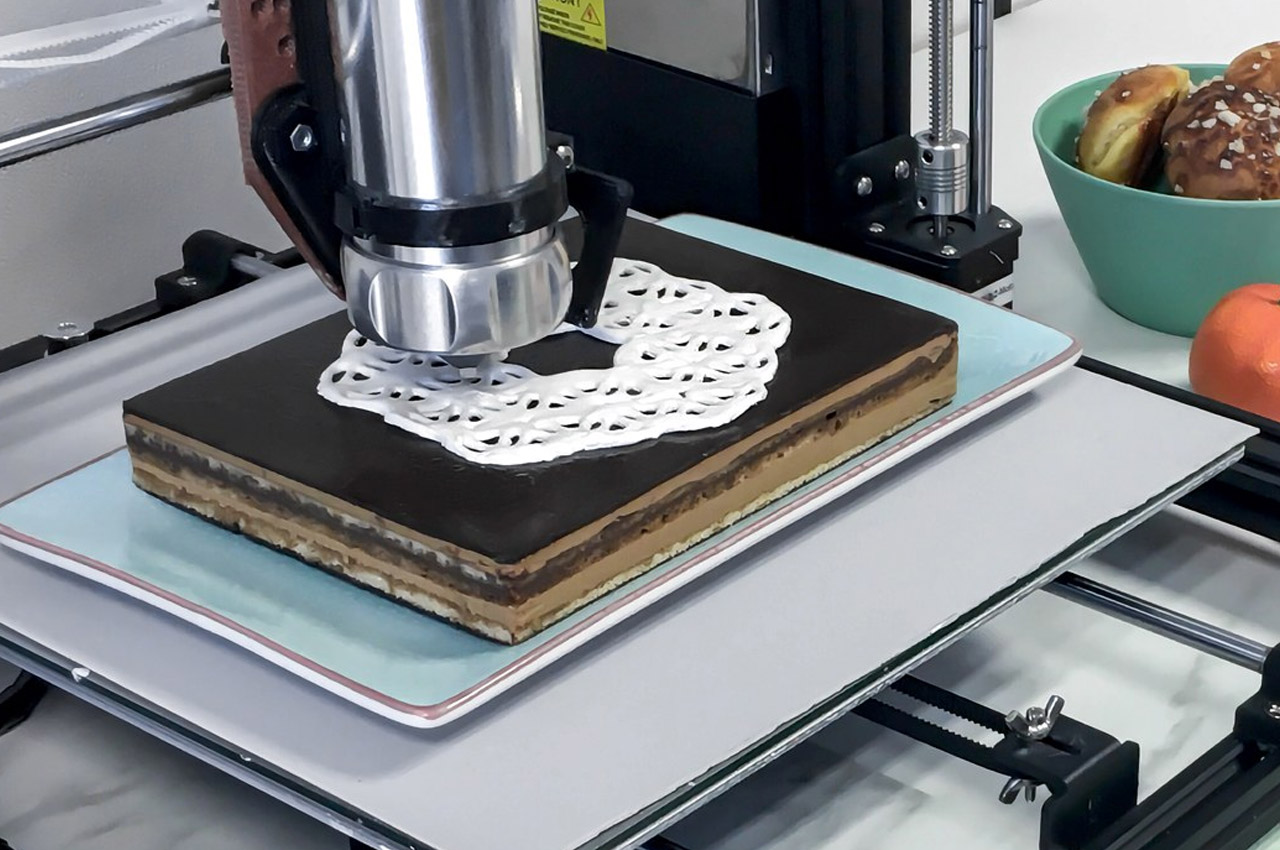

Designed to mount onto your existing 3D printer, the Cakewalk 3D is a handy food extruder that lets you decorate cakes, make meringues, adorn your pizza with ornate cheese patterns, or write your name in guacamole on a burrito. If there’s any food that can be extruded, the Cakewalk 3D can pretty much extrude it, thanks to a stainless-steel food tube, a helix that pushes the food out like an Archimedes screw, and a NEMA 17 motor that runs the extrusions while the entire setup (which gets mounted on the X-Y axis arm of your printer) moves back and forth to create complex patterns that you feed into your printer program.
![]()
![]()
Designed in the bundt-cake format, the T&T’s mold is almost like a work of design and architecture (and highly reminiscent of Dinara Kasko‘s work), using geometric shapes and patterns to make each of the cake’s 8 ‘pillars’ look absolutely unique and exquisite. The cake’s silicone mold is perfect for casting intricate textures and allows you to eject the confectionery post-baking with incredible detail. The cakes look rather awe-striking on their own, but coat them with some mirror glaze and they should look absolutely ready for Instagram!
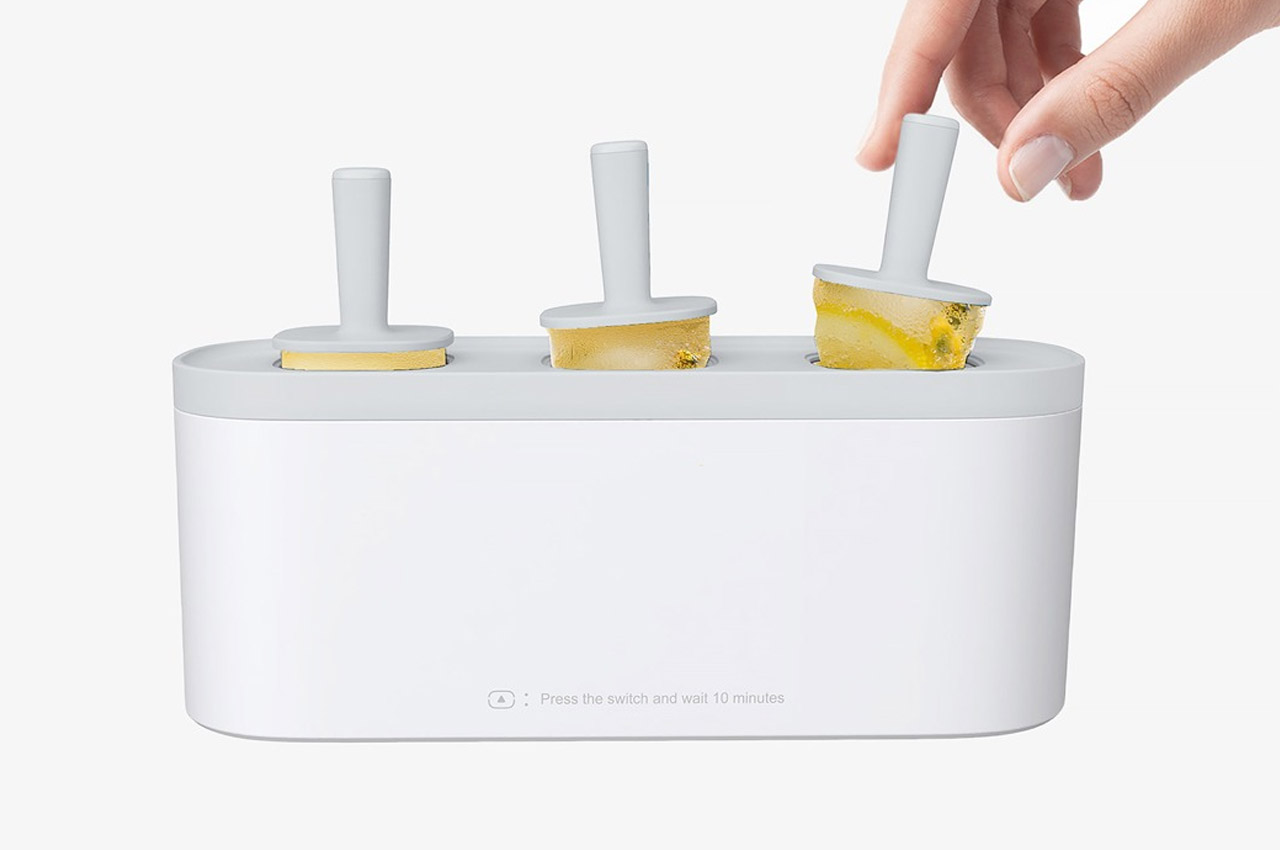
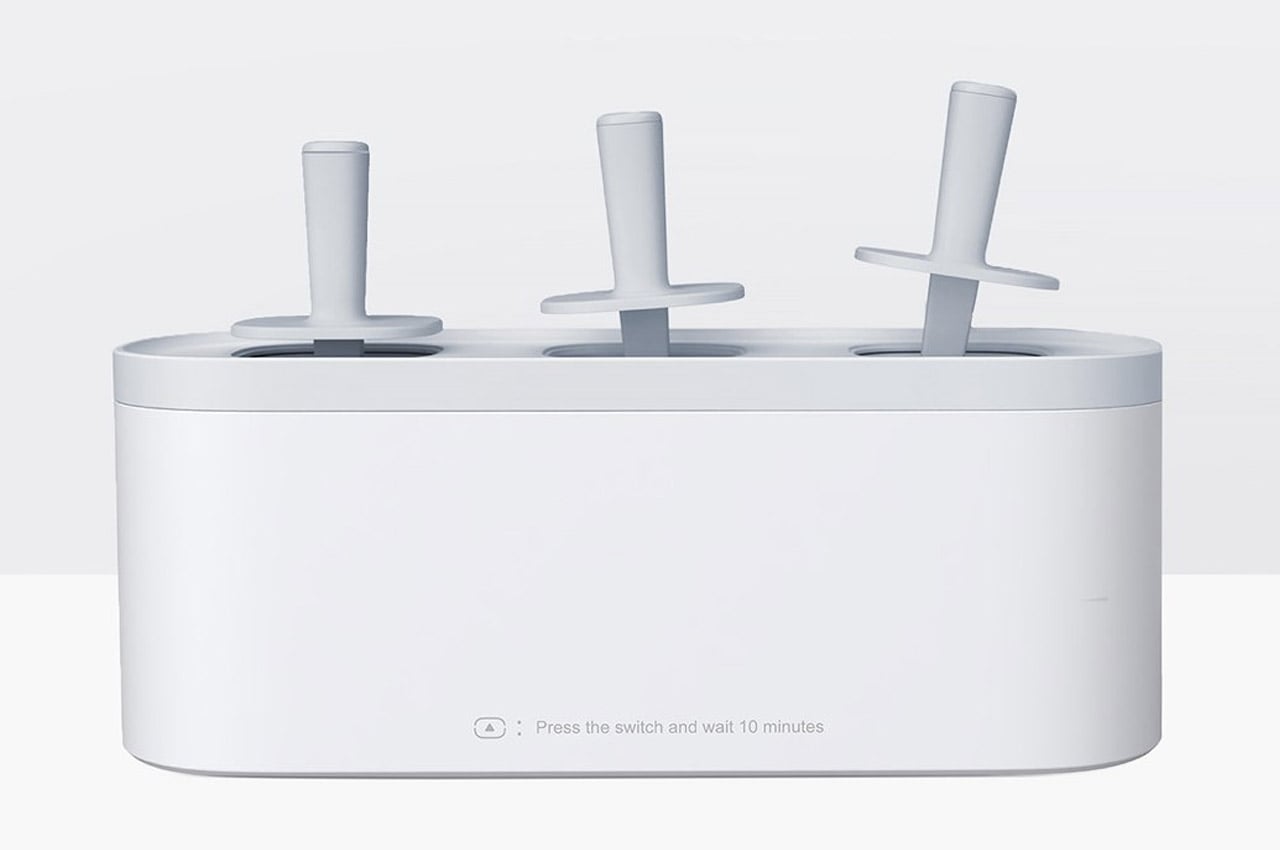
Not only do ice pops act as a tasty refreshment on a summer’s day, but they can also be used to quickly cool us down in the sweltering heat. However, the ice pop-making process is anything but quick, which can lead to frustratingly long waits as our impatience levels increase. This is certainly not the case for THE SEAL, which reduces the processing time down to a mere 10 minutes! You may be asking how this has been achieved? It takes full advantage of the working principle of an ice-cream maker but reduces the volume significantly. This, paired with the metal molds that reduce the freezing time even further, allows for ice-lollies to be made in just a matter of minutes… so you can enjoy the refreshing treat on a whim!
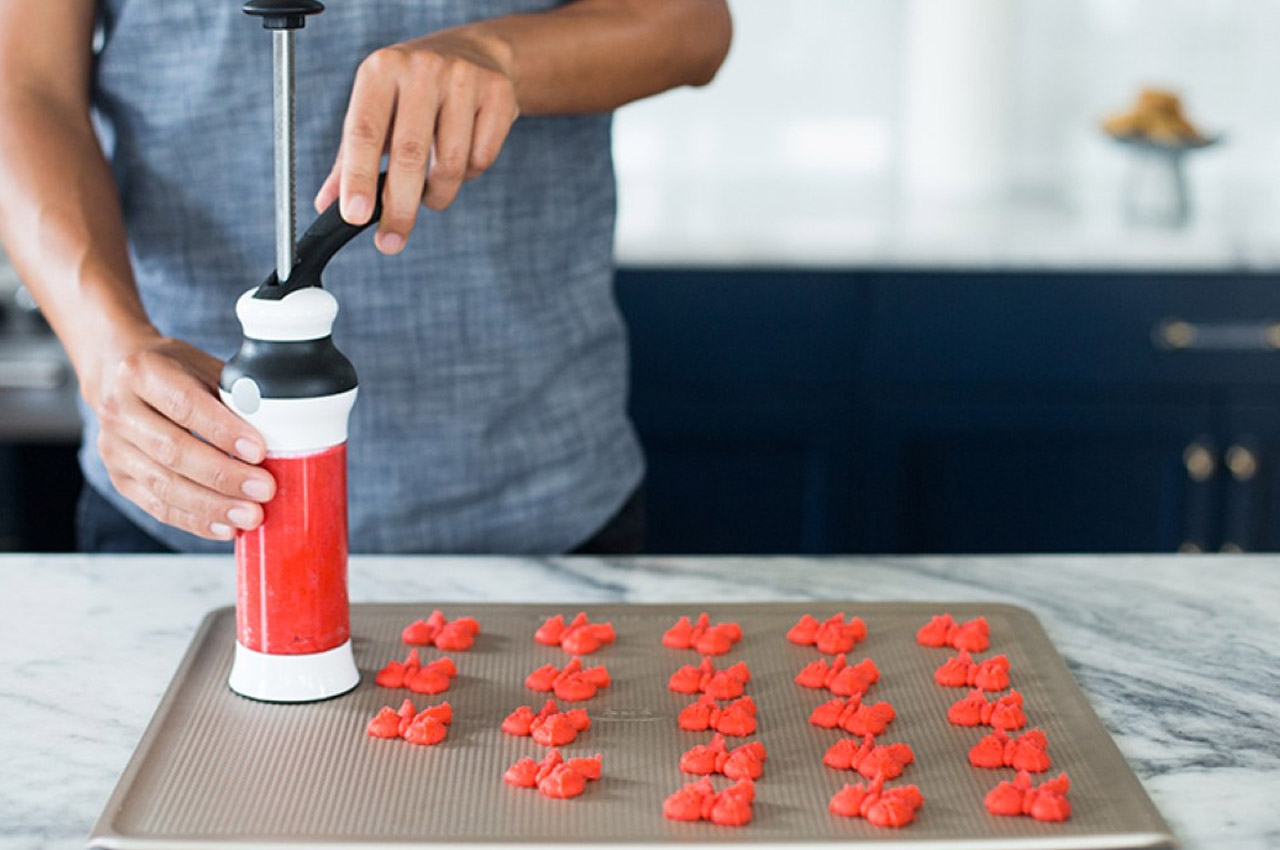

Much better than any cookie-cutter you’ll ever use, OXO’s Cookie Press doesn’t cut cookies, it pumps or extrudes them. The Cookie Press is a hand-operated cookie-pumping machine that relies on a stainless-steel die to push out intricately formed cookies with speed and consistency. Just load the die-disc of your choice into the Cookie Press’s base and fill the cylinder with cookie dough (your dough needs to be neither too wet nor too dry) and attach the pumping handle on top and you’re ready to go.
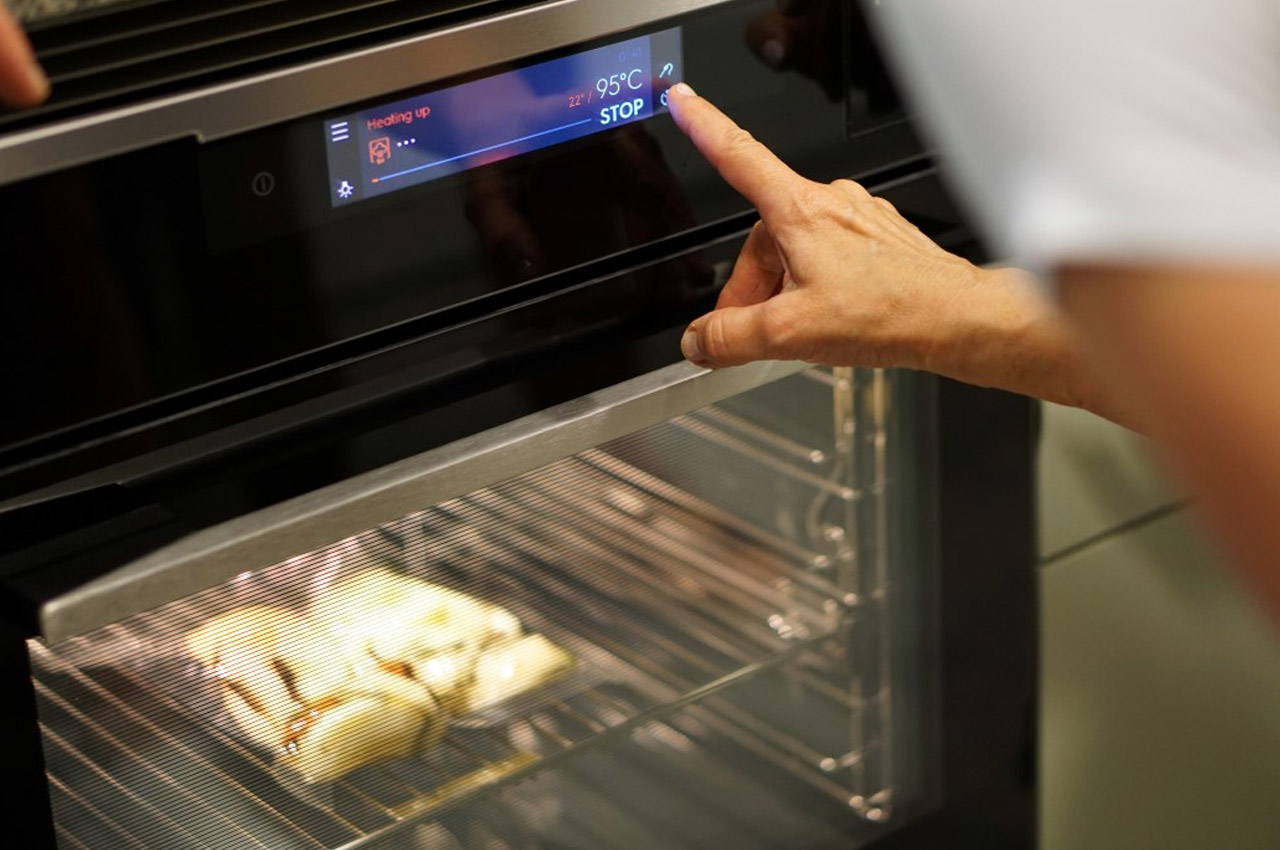

Imagine standing in front of an induction cooker with your pancake batter, and the cooker’s interface tells you exactly when to pour the batter into the heated pan for perfectly cooked pancakes. They say you always mess up the first pancake because more often than not, your pan isn’t at the right temperature… but when we made pancakes at Electrolux‘s office in Stockholm, every single one of them turned out absolutely flawless. Designed to make amateurs feel like experts, and to give experts a helping hand, Electrolux’s Intuit kitchen range uses a combination of remarkable design and cutting-edge technology, sprinkled with a secret sauce that is the AI.
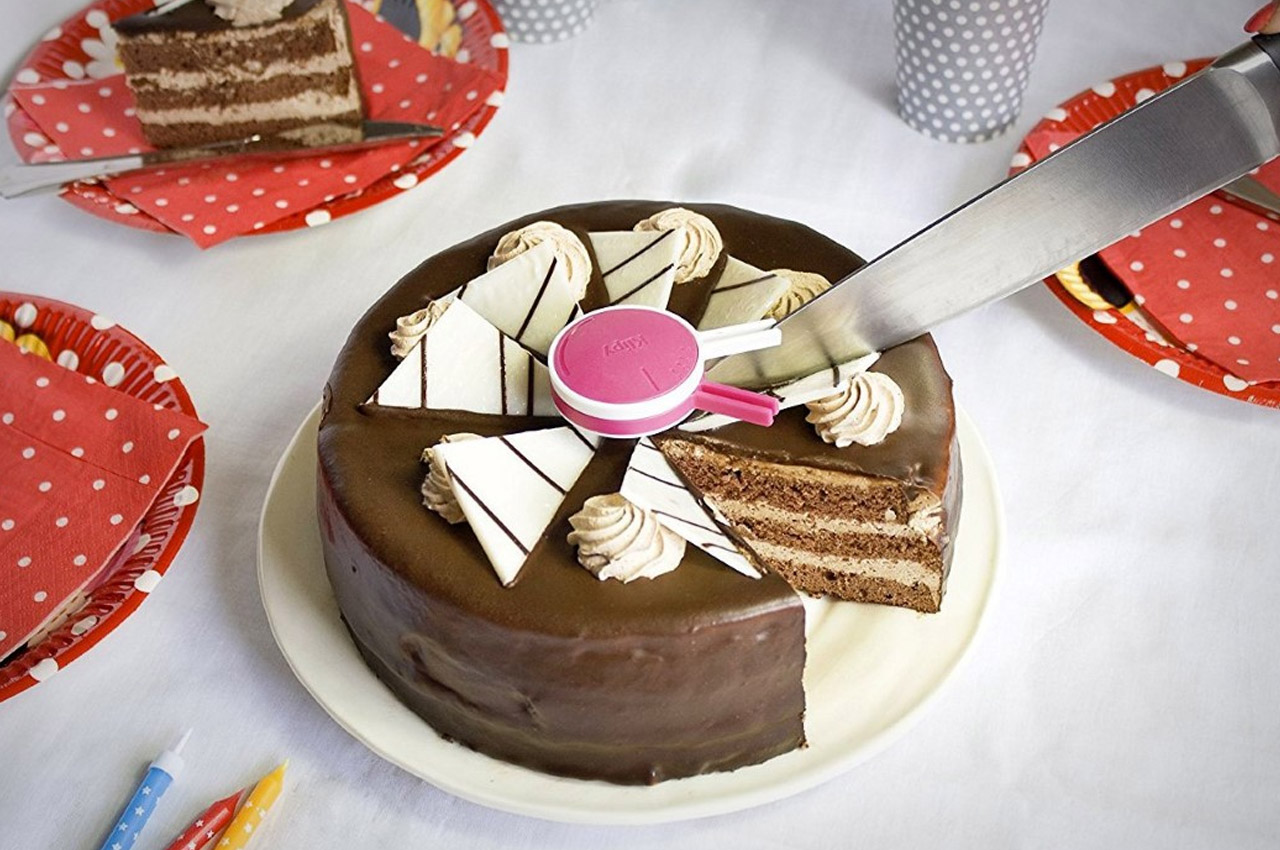
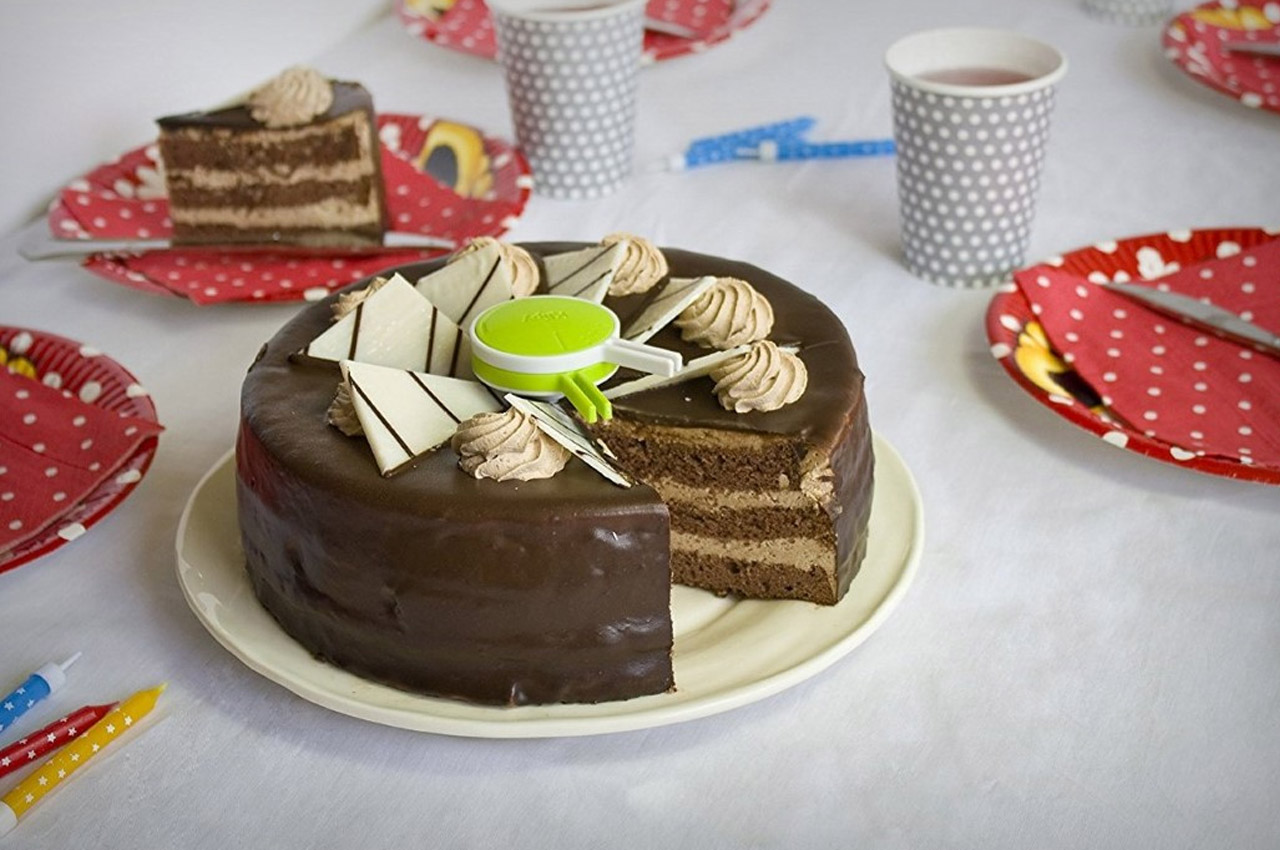
There are three things that can destroy friendships. Monopoly, the Draw Four card in Uno, and an unequal slice of cake, pie, or pizza. Now I don’t know about the first two, but there’s a rather nifty way of avoiding the third scenario. Klipy’s Cake Divider. This handy little gadget allows you to set the angle for cutting the cake/pie/pizza based on the number of slices you need. It comes with a base that fits right into the center of the food item you want to divide, and the two arms of the Klipy act as guides for the knife, allowing you to cut perfectly even slices for yourself and your friends… because no one likes a greedy hog!


I hope you’ll forgive me for this terrible pun, but OTOTO‘s products are truly ‘deer’ to me! The company, which has established a reputation for making some of the most heartwarming products, does a remarkable job of combining elements of playfulness along with a strong storytelling aspect to create products that are just clever! Take for instance the Sweet Deer – a rocking-horse-inspired cookie cutter. Designed to clearly get children to help with food prep, the cutter comes in the shape of a reindeer on a rocking base. The rocking base comes with tapered edges that help it cut into the dough, allowing kids to cut out cookies while playing with their forest friends!
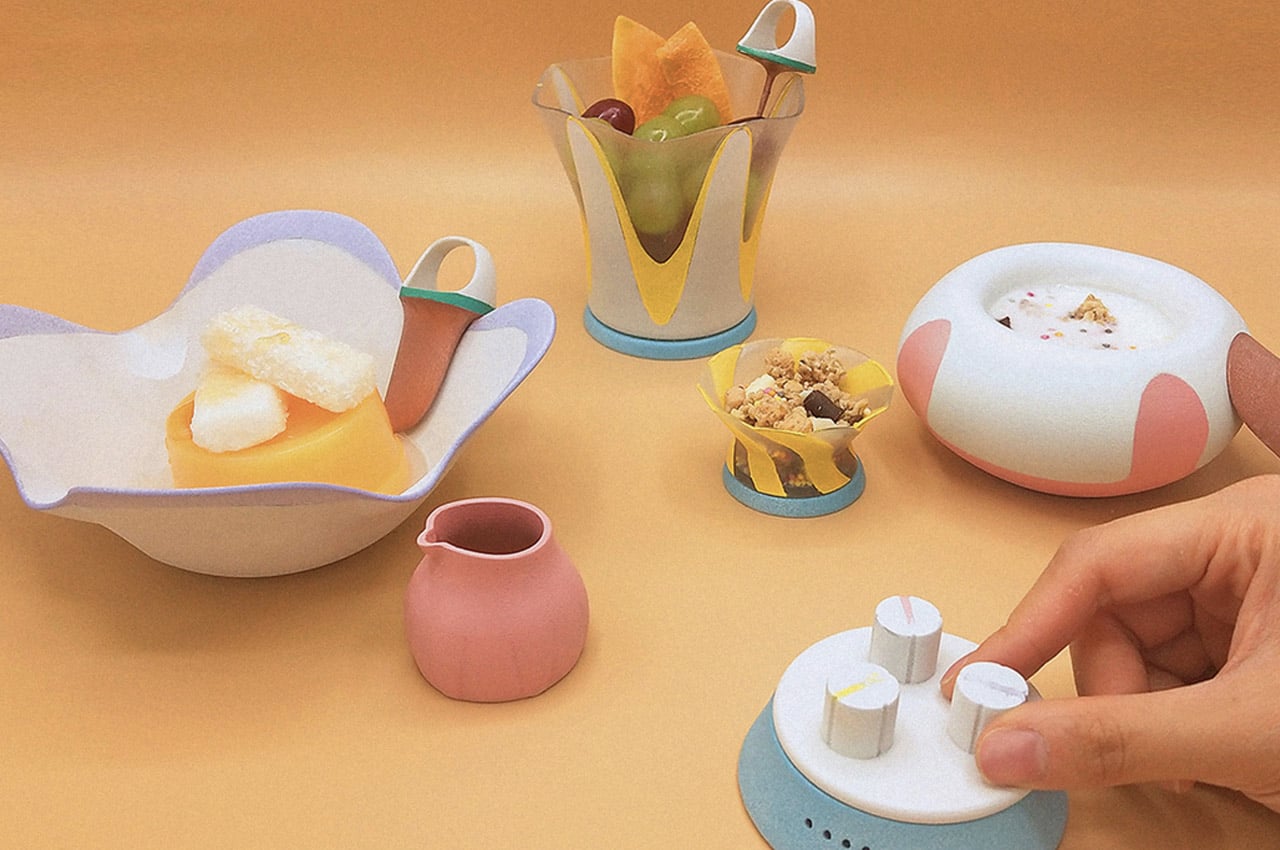
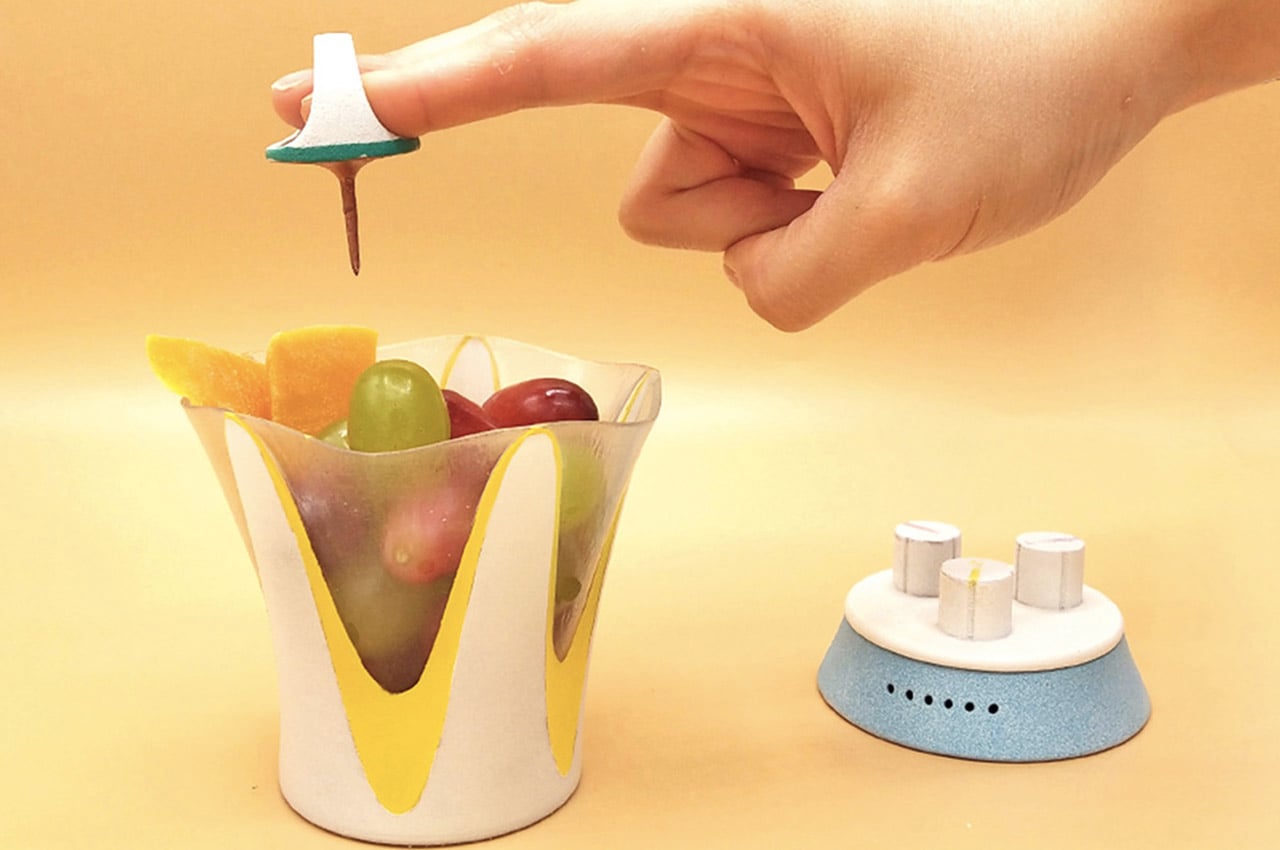
The Sonic Seasoning by graduation project of RCA student Mengtian Zhang is a unique creation centered on the satisfying sensory experience of listening to ASMR (Autonomous sensory meridian response) sounds even before we take a bite. This project culminated from Mengtian’s pandemic-induced lockdown experience when she took to watching ASMR cooking videos to remain stress-free. “I can feel the texture and flavor of food such as crunchiness and freshness behind the phone screen.” There Mengtian was struck with the idea of using sound and visual effects to elevate the buildup expectations of taste before the first bite hits the mouth. This resulted in the set of plates and cutlery connected to sensors for detecting touch which then triggers the appropriate notes to go with the whole eating experience.
